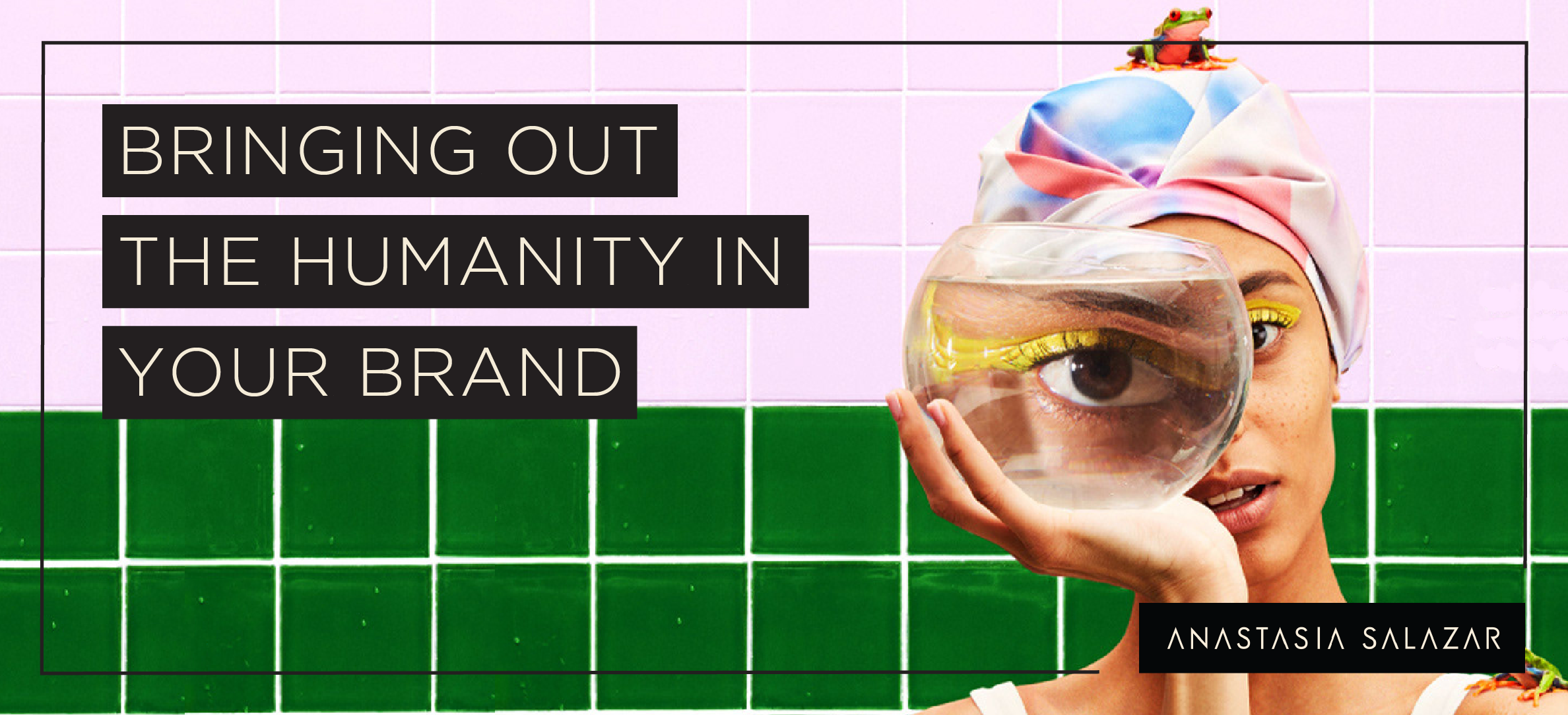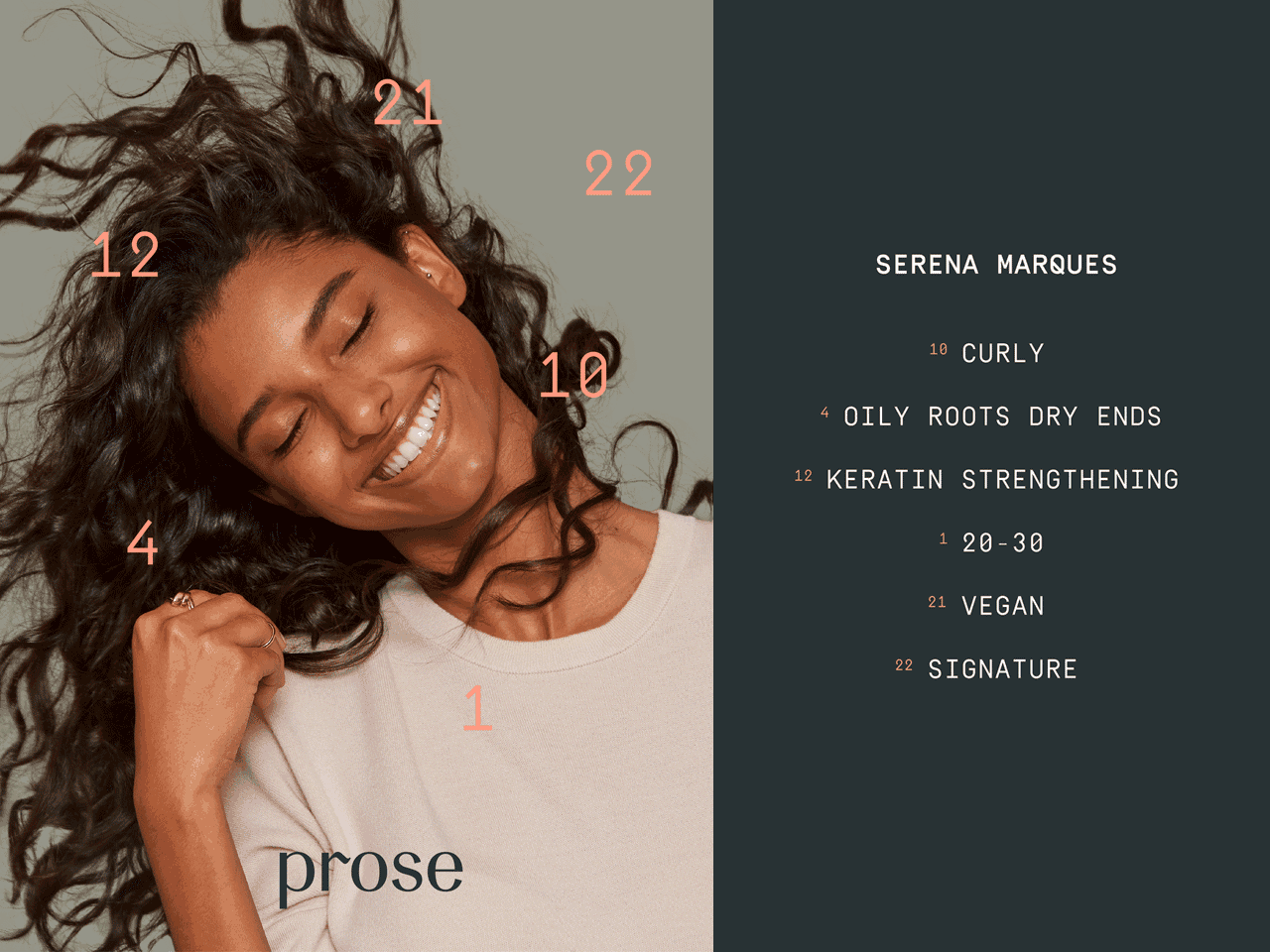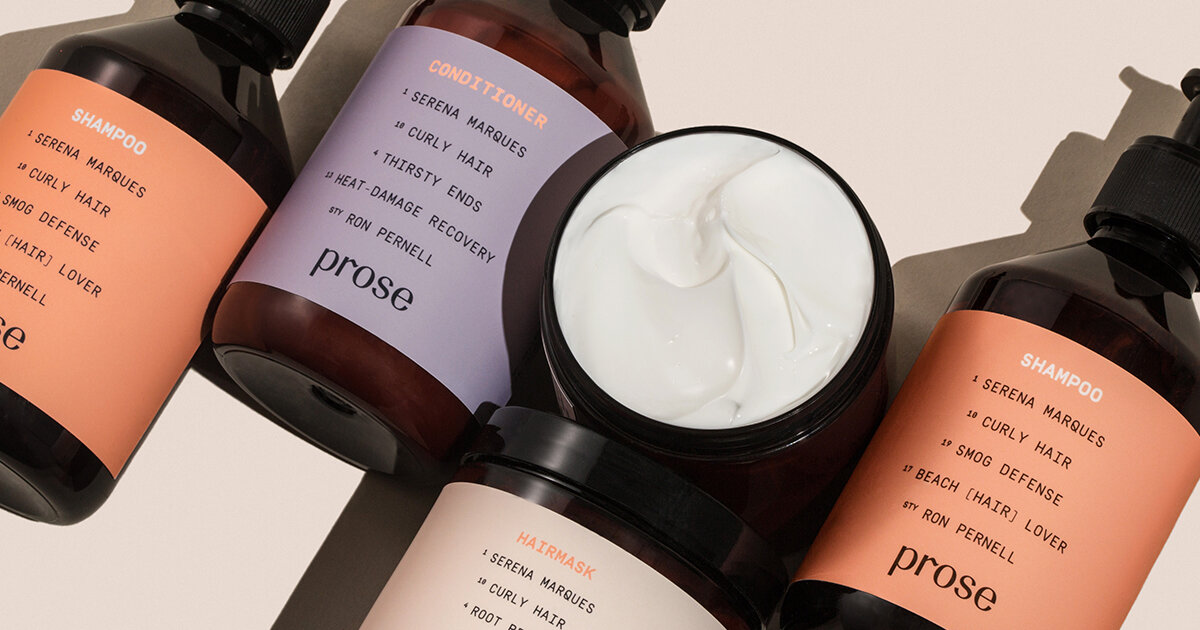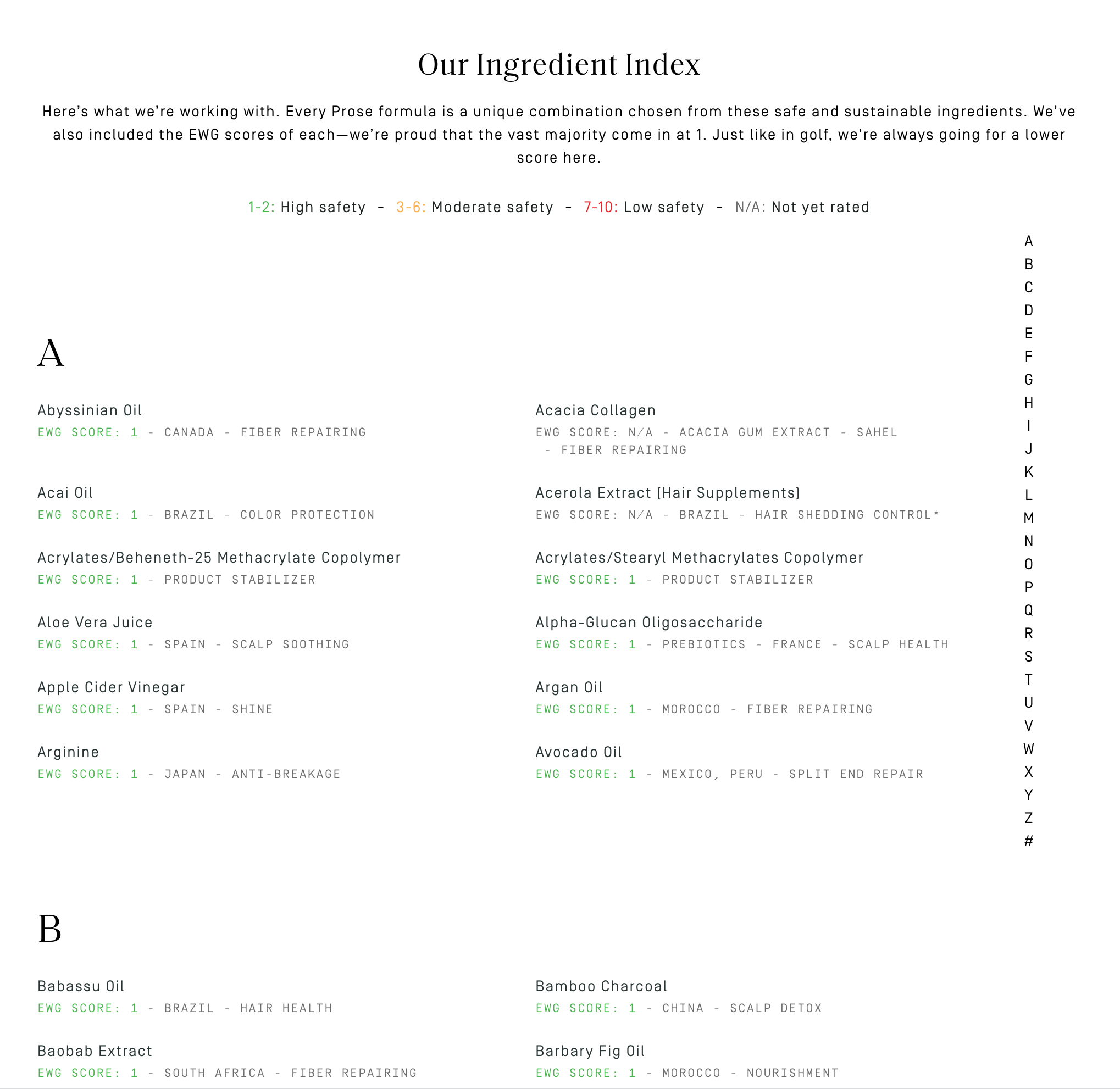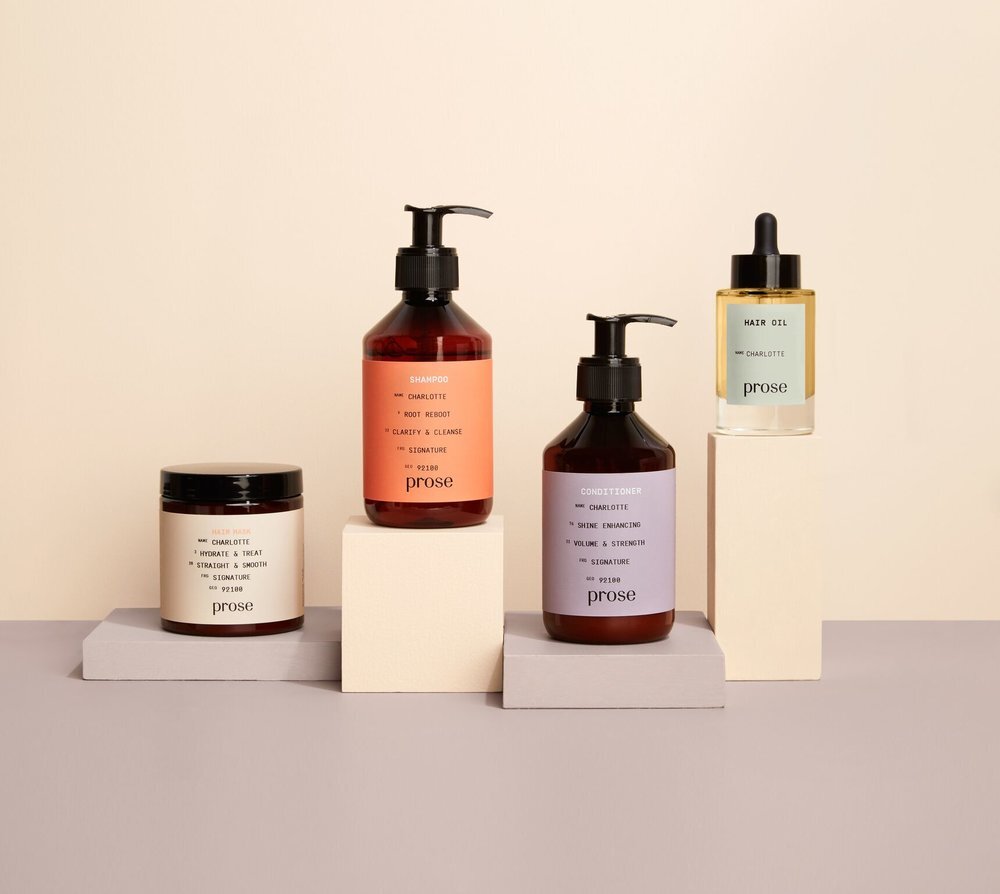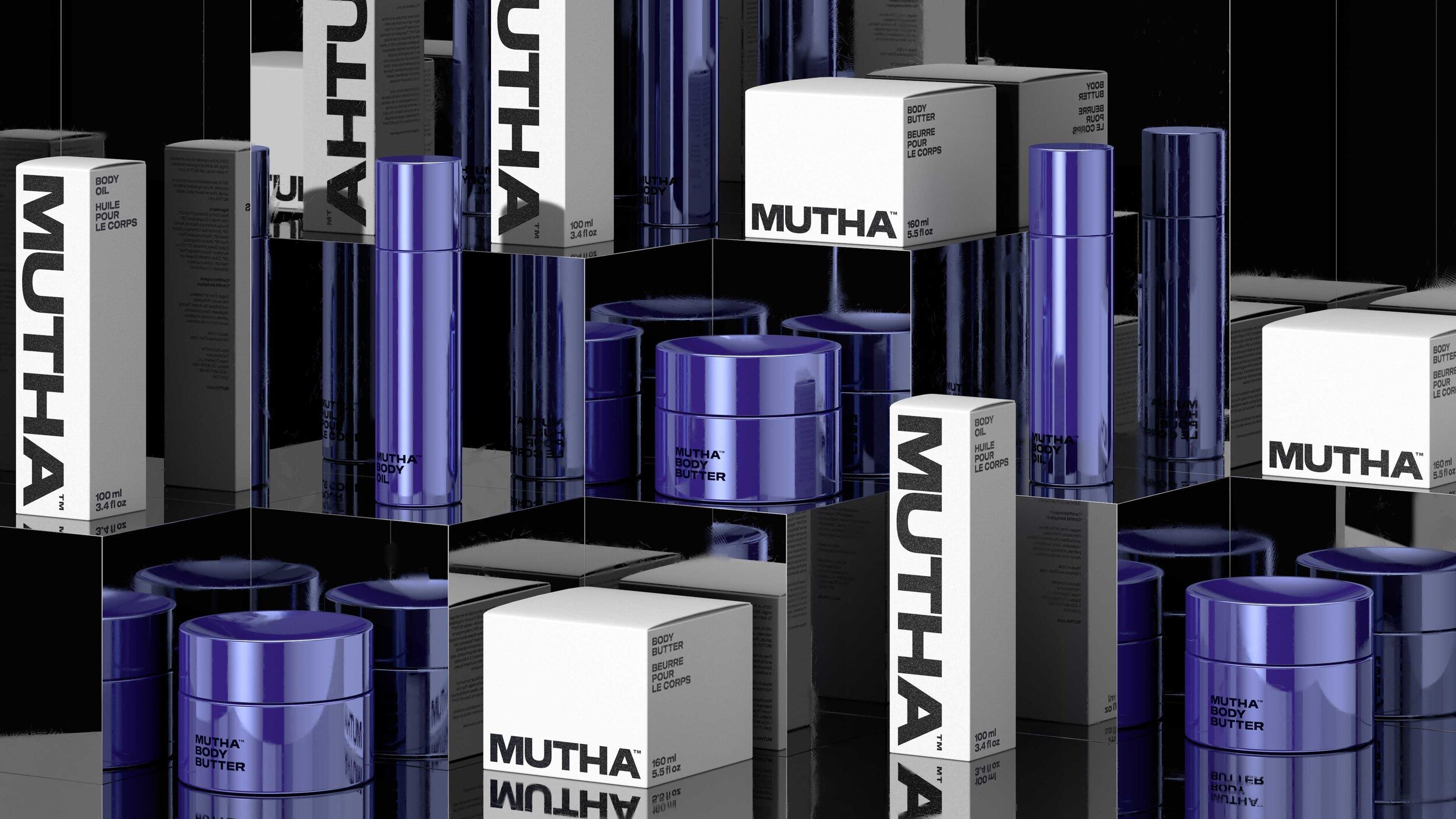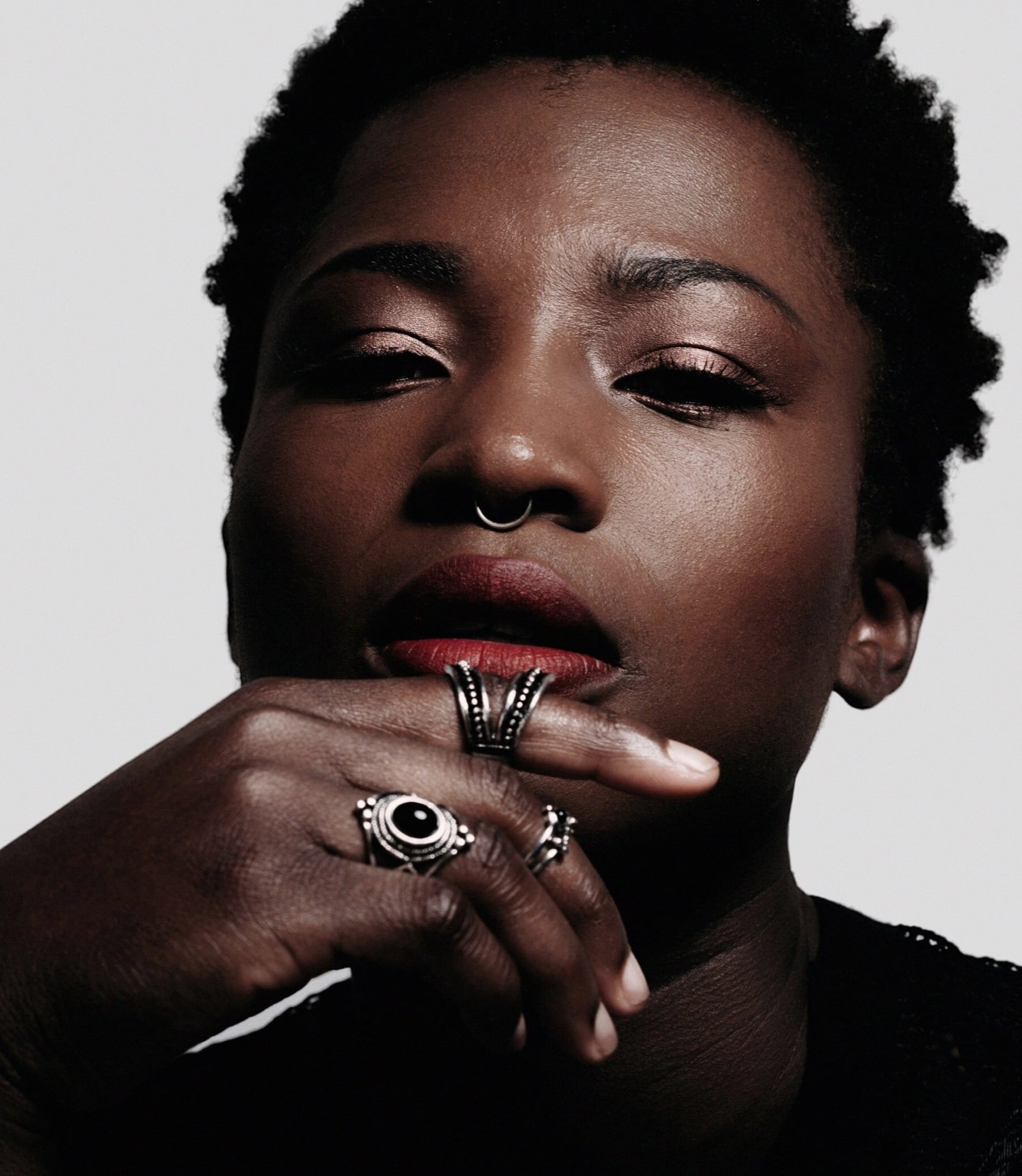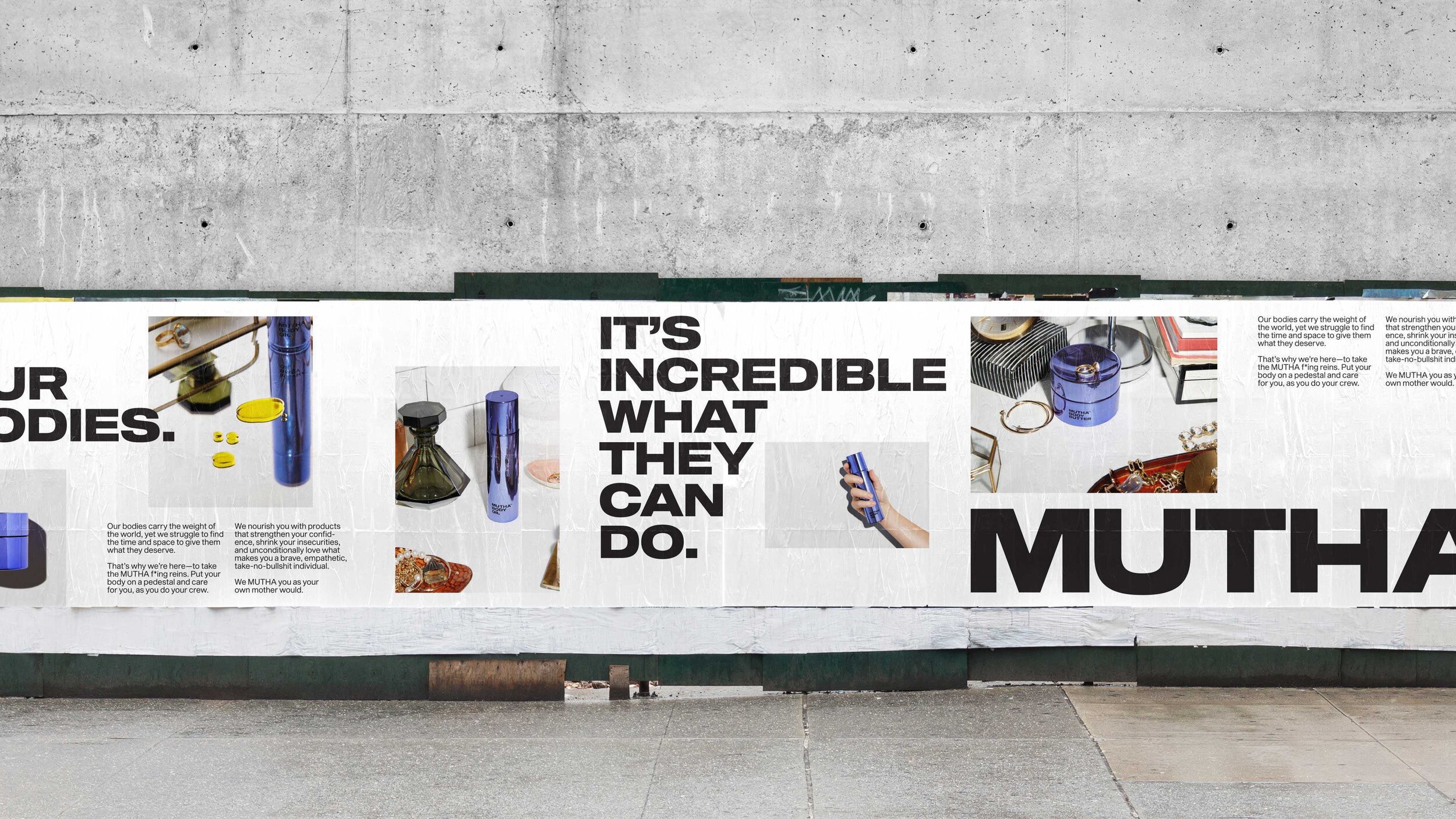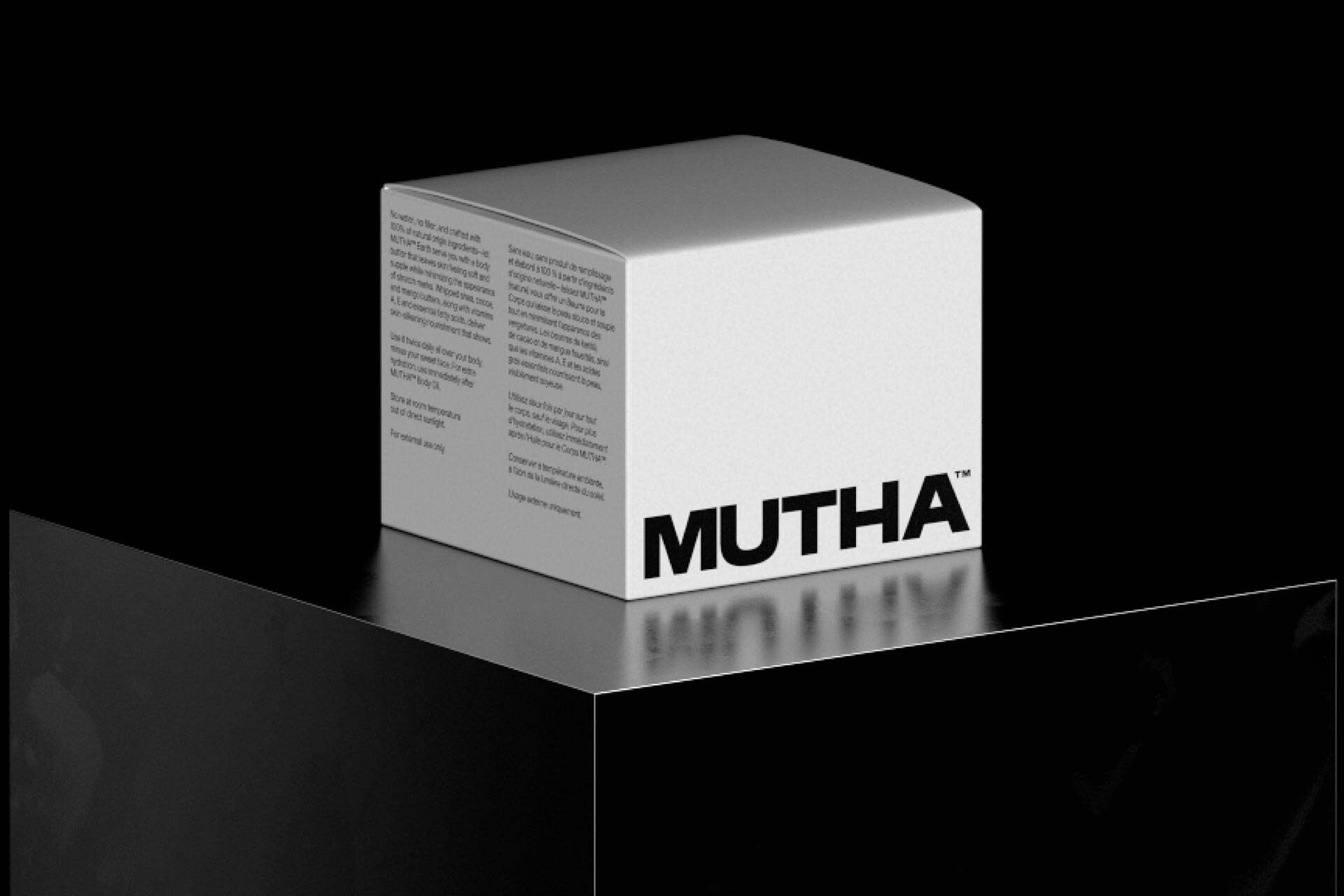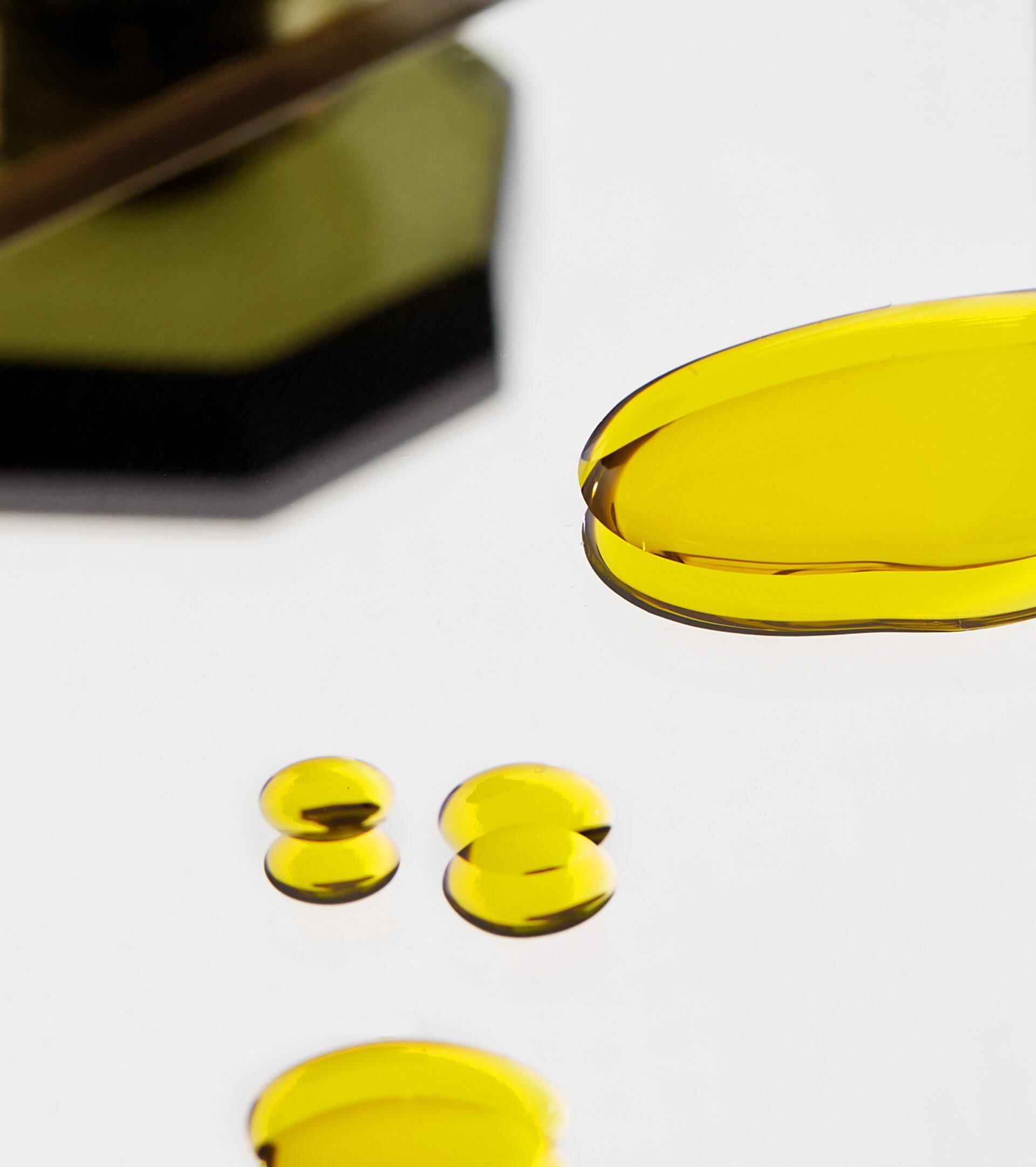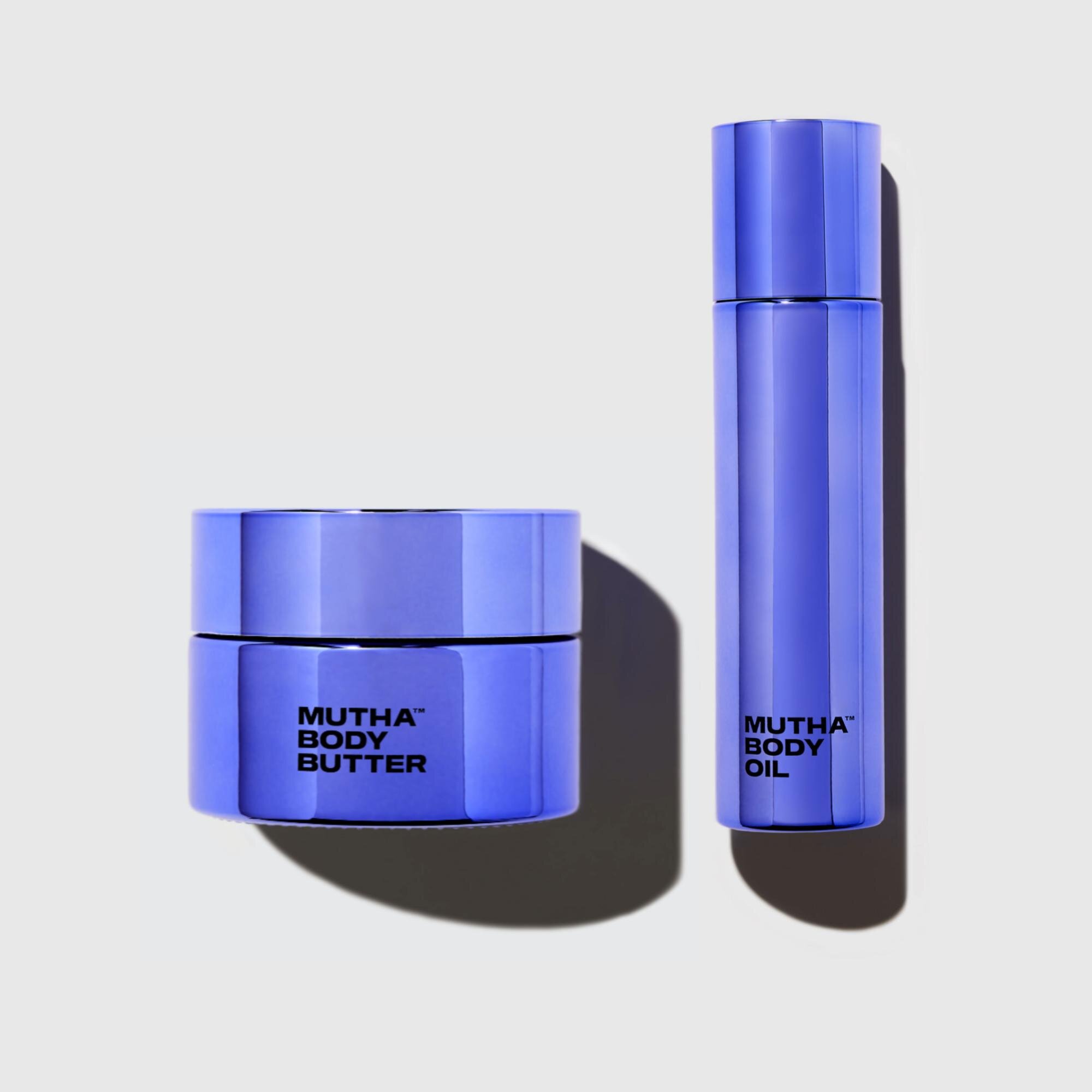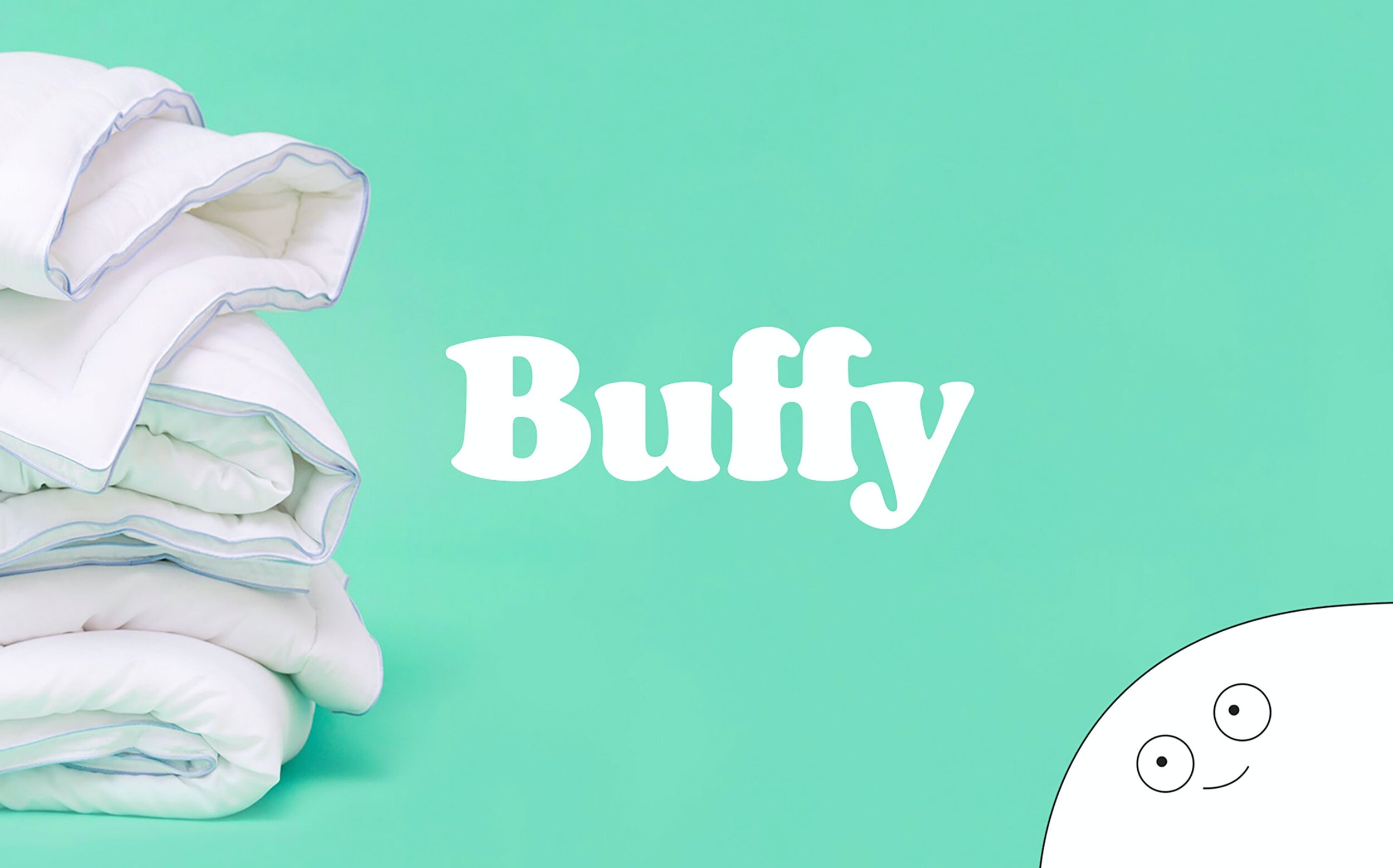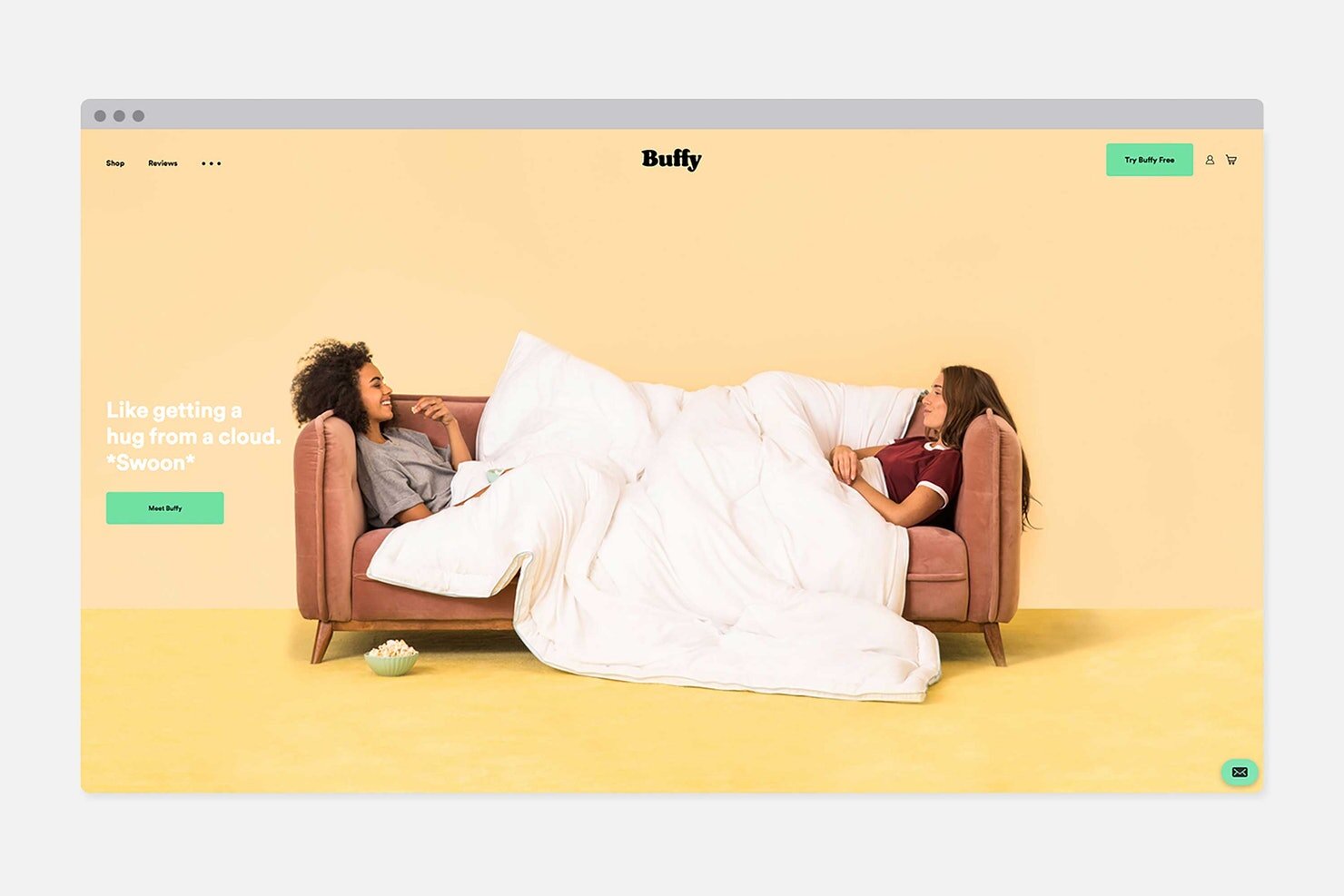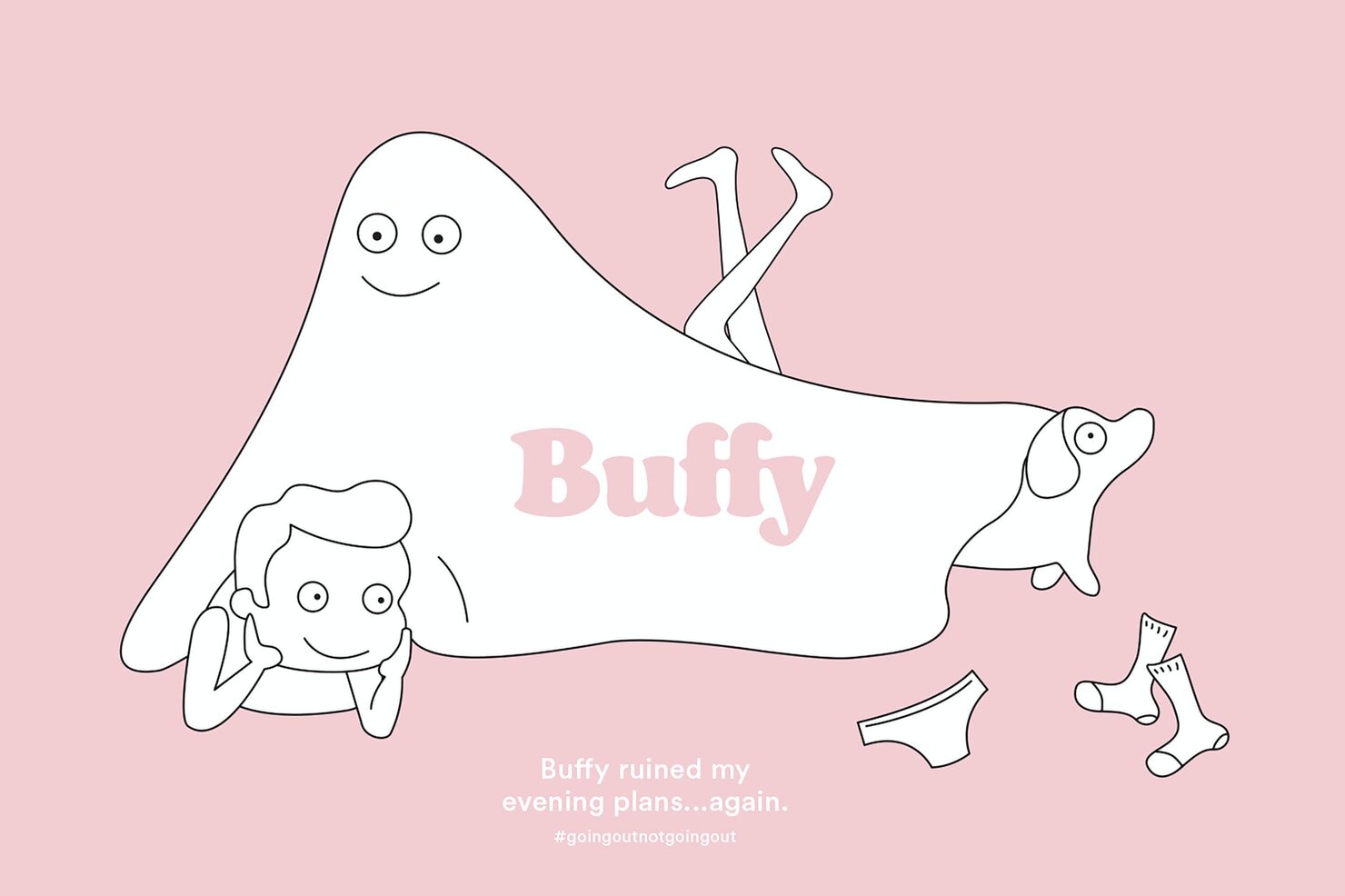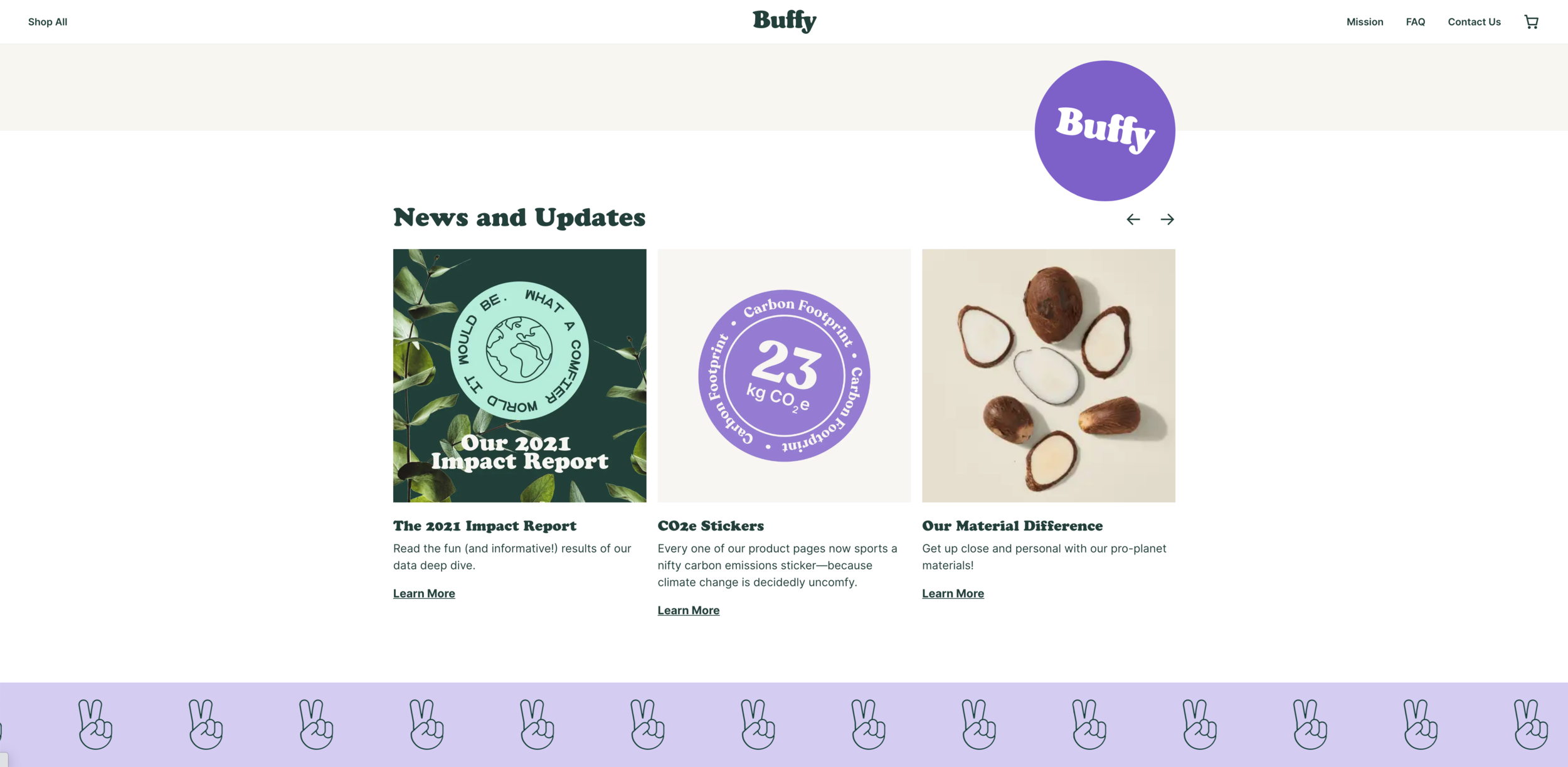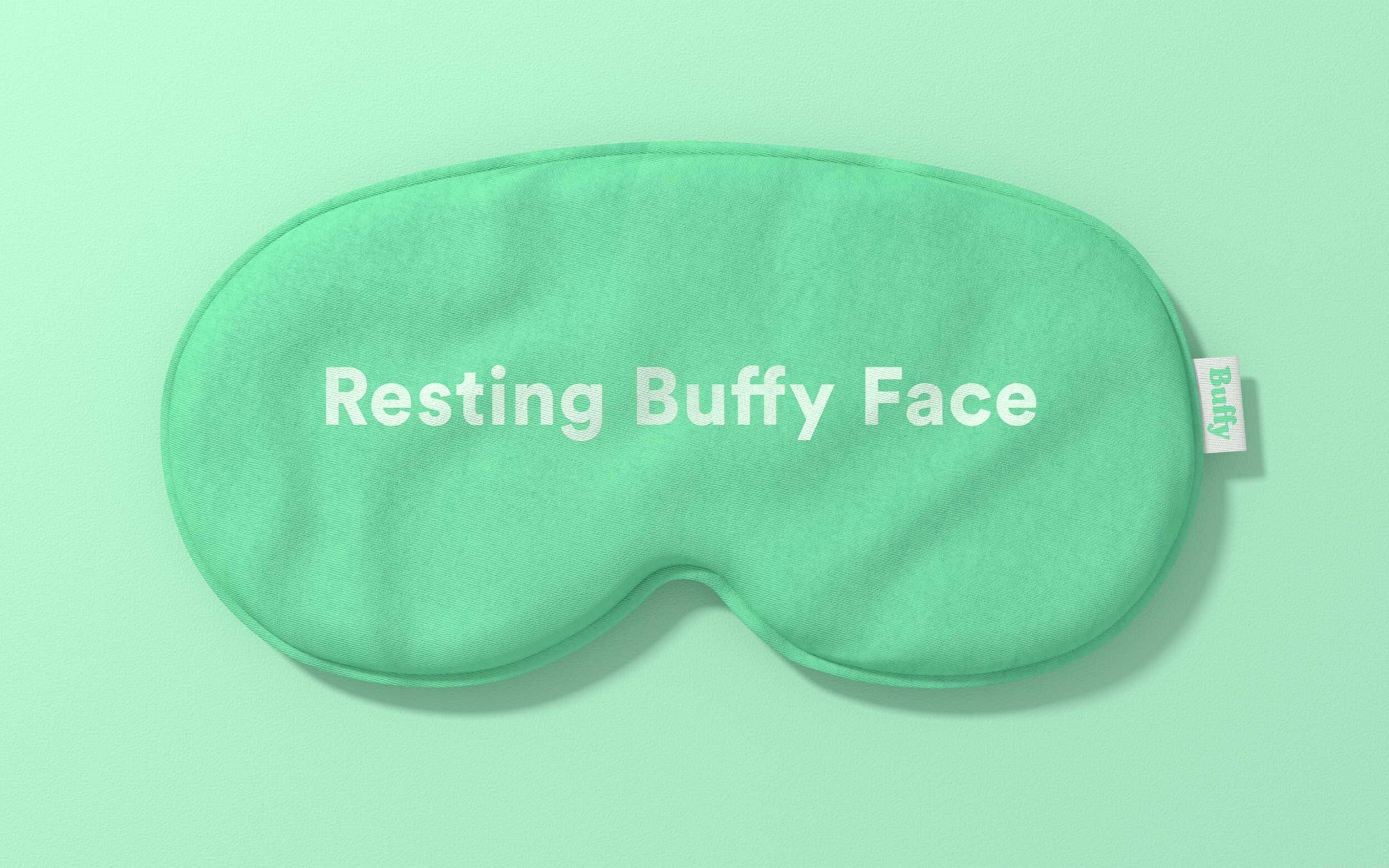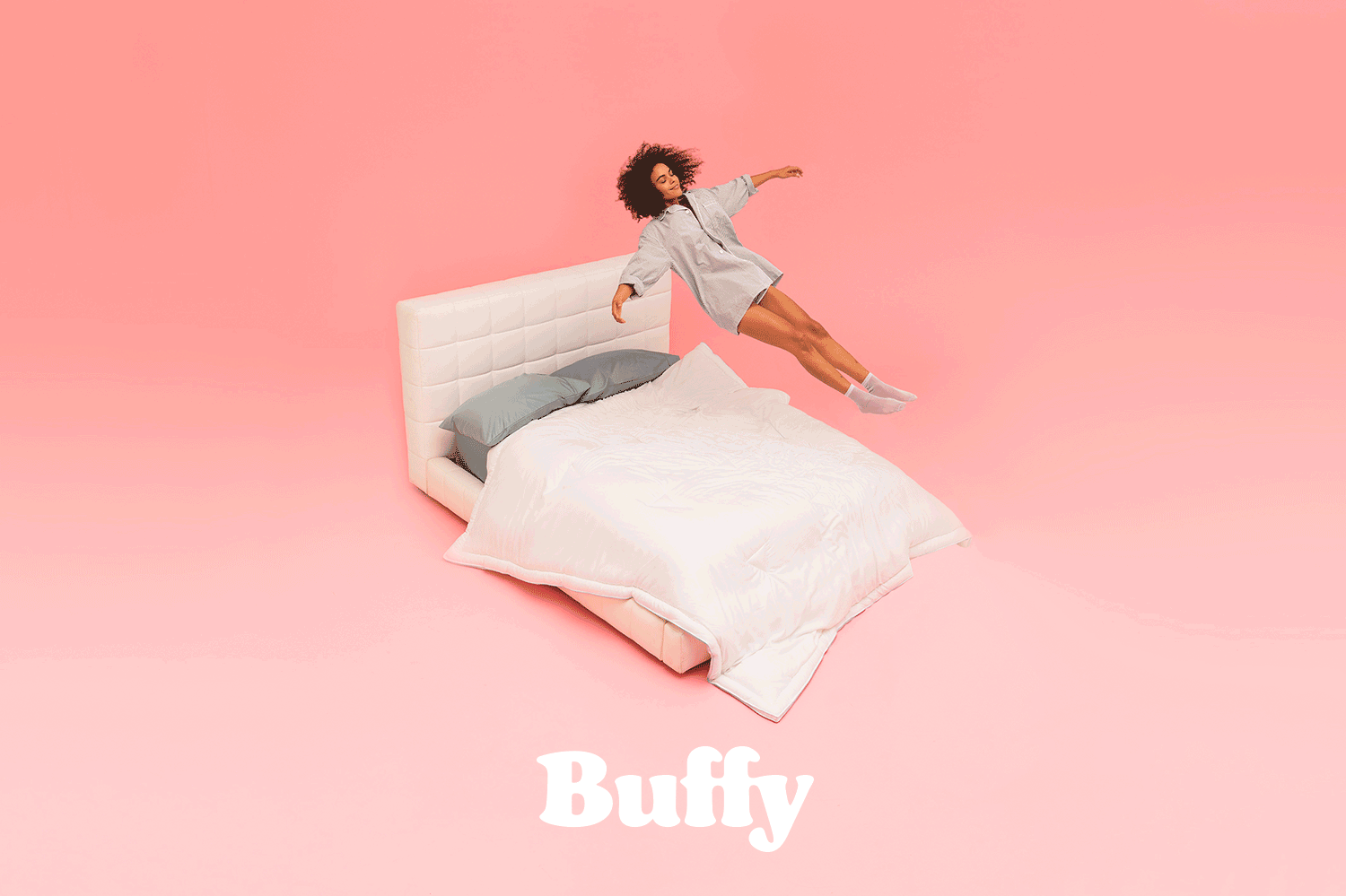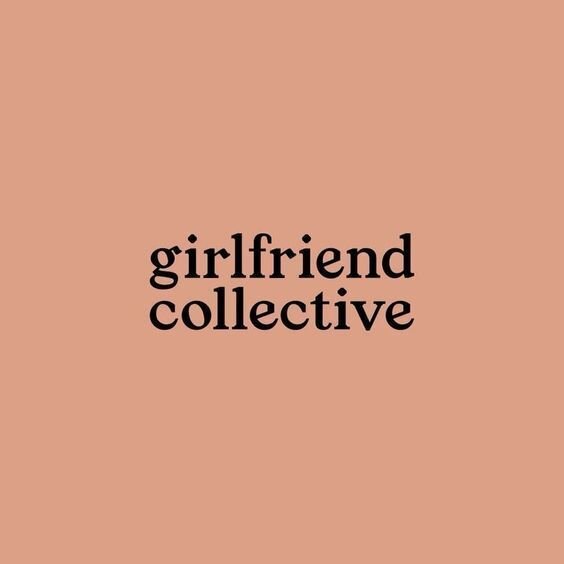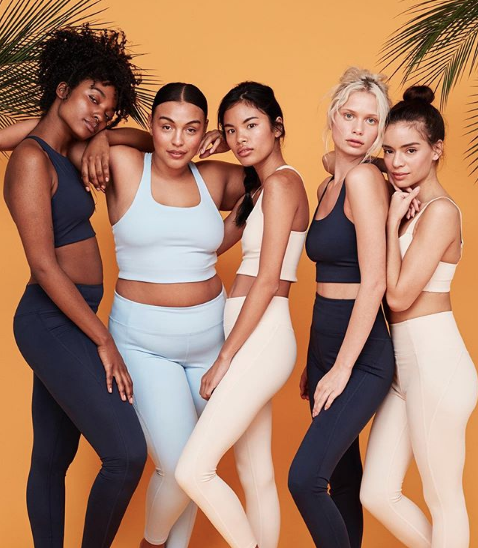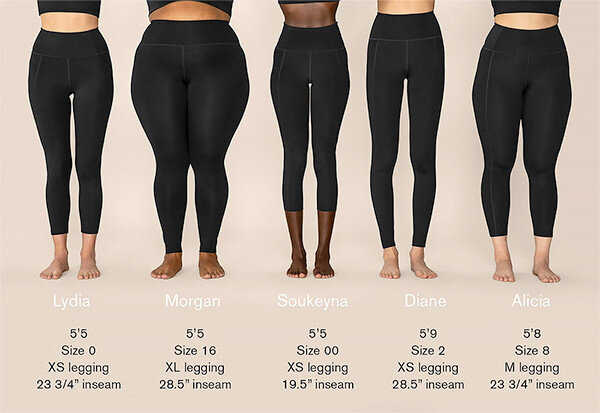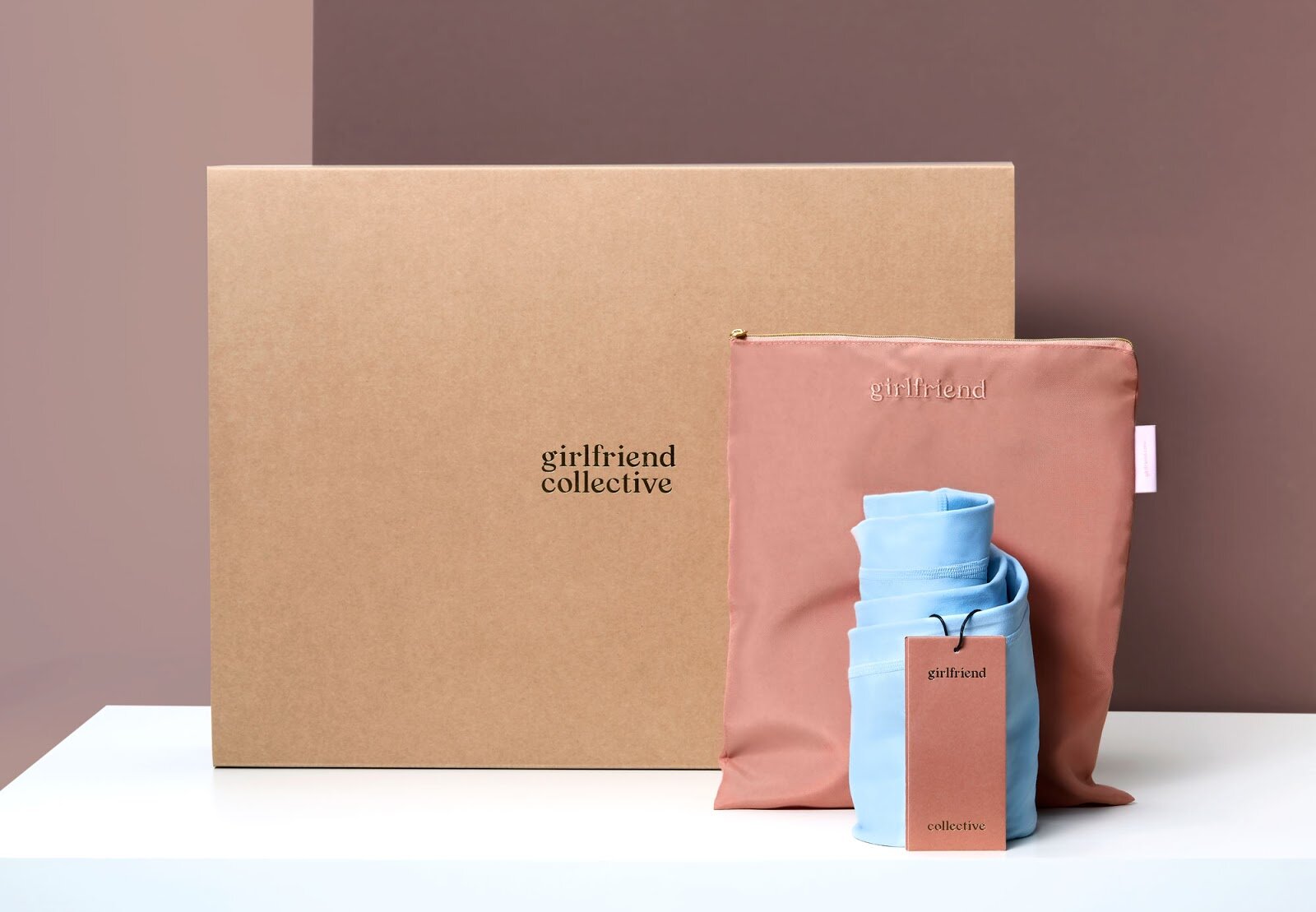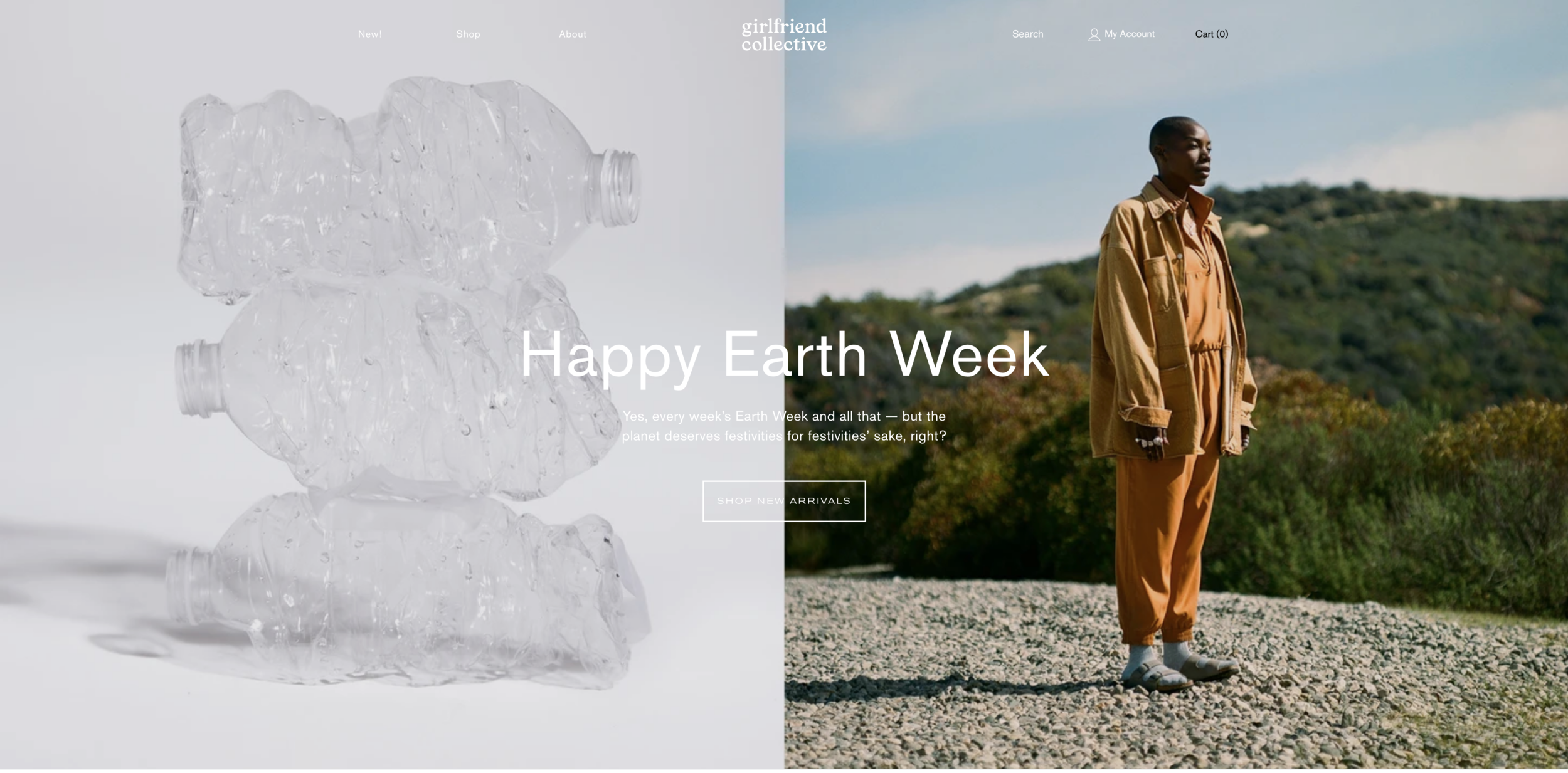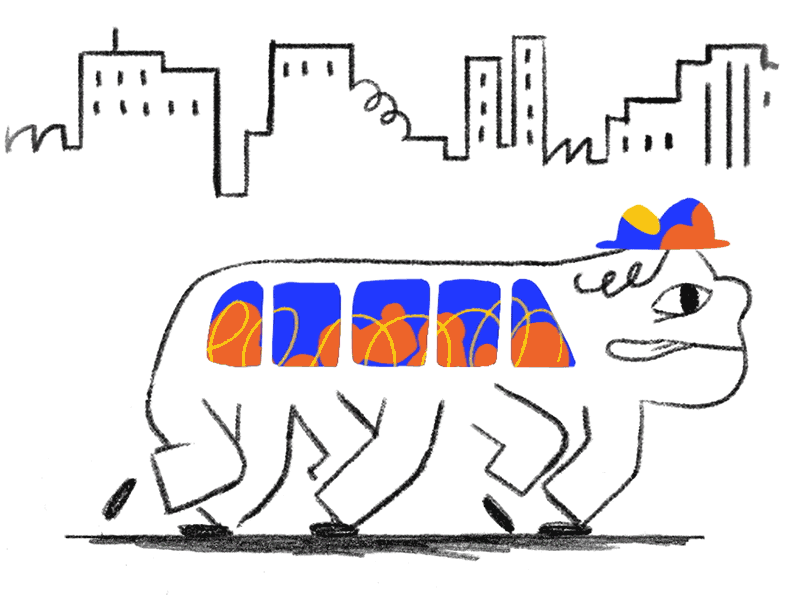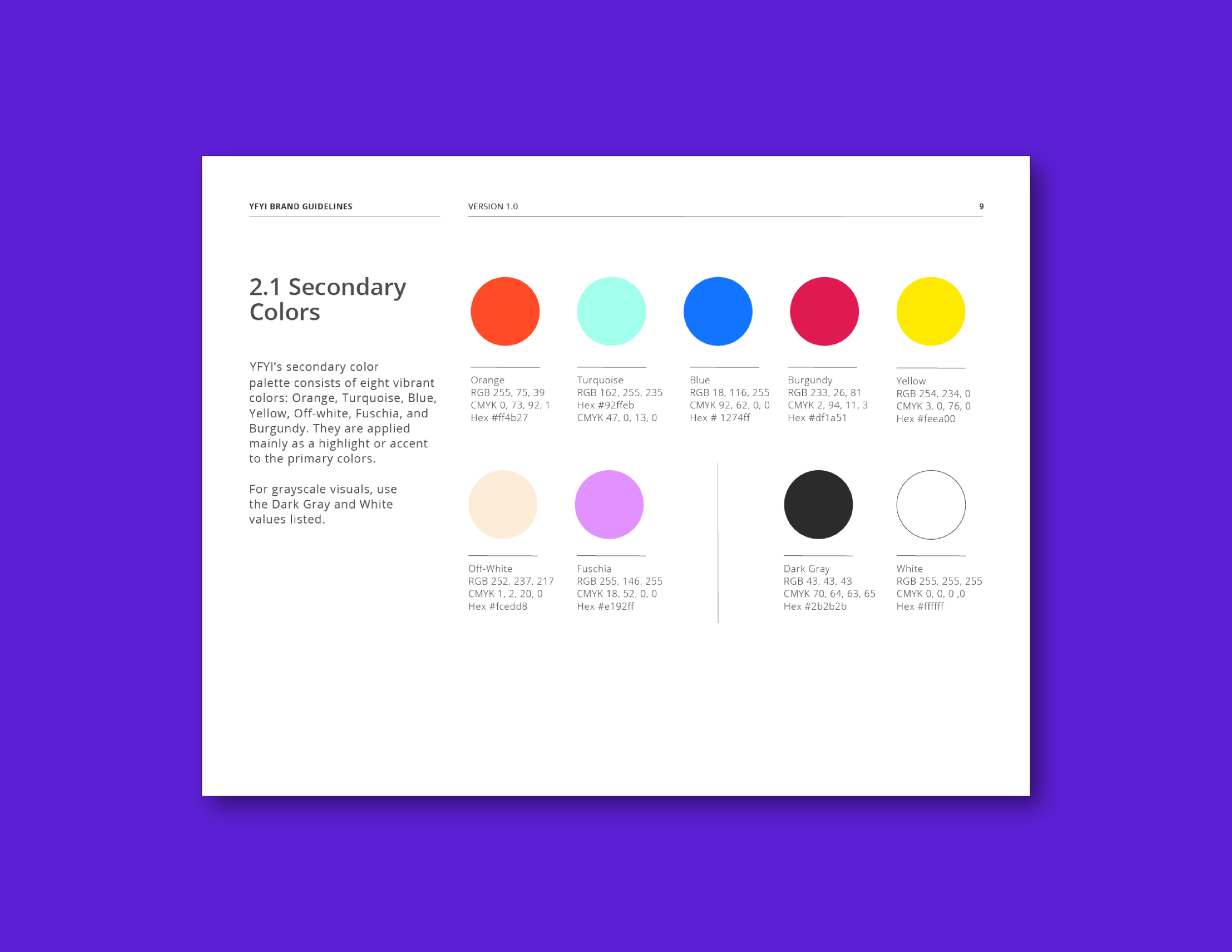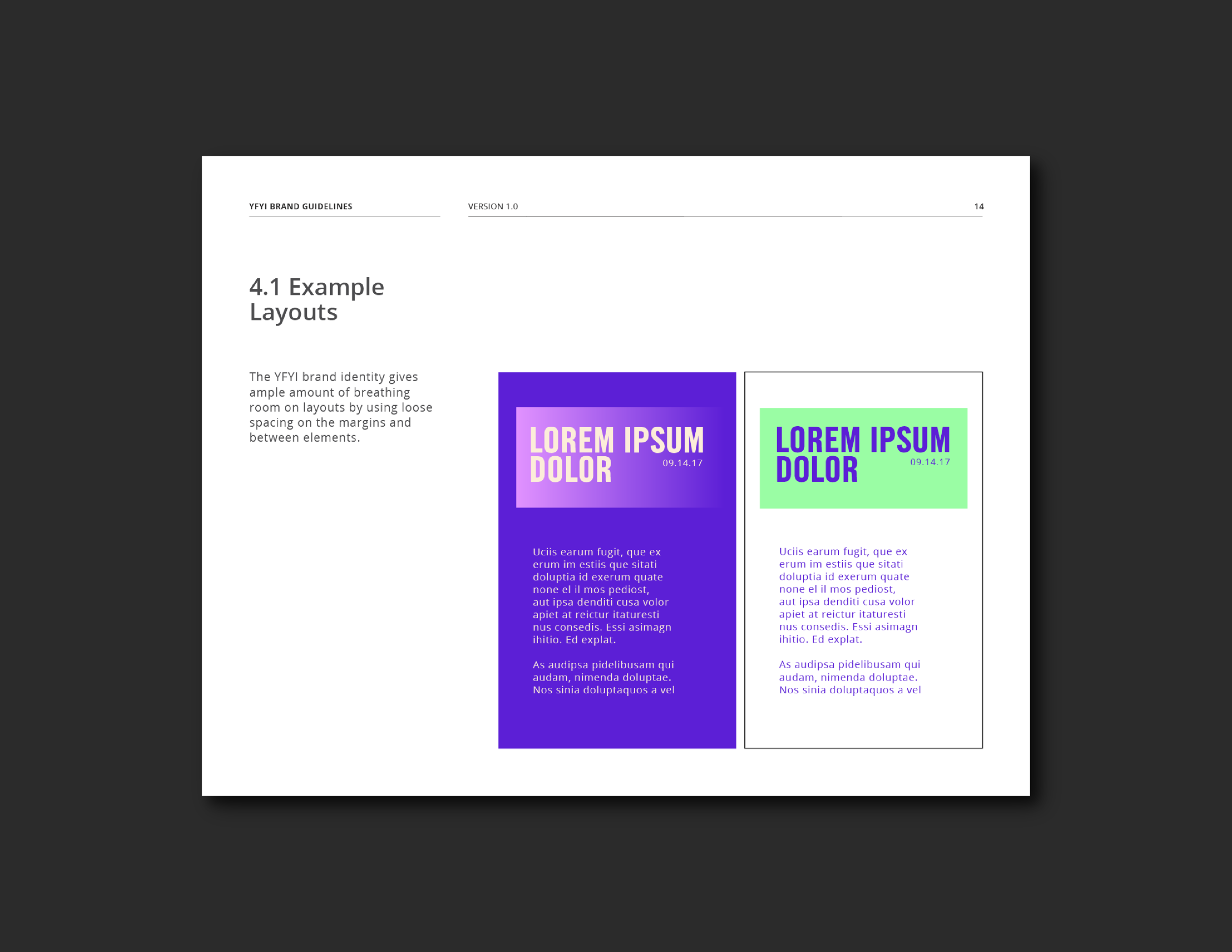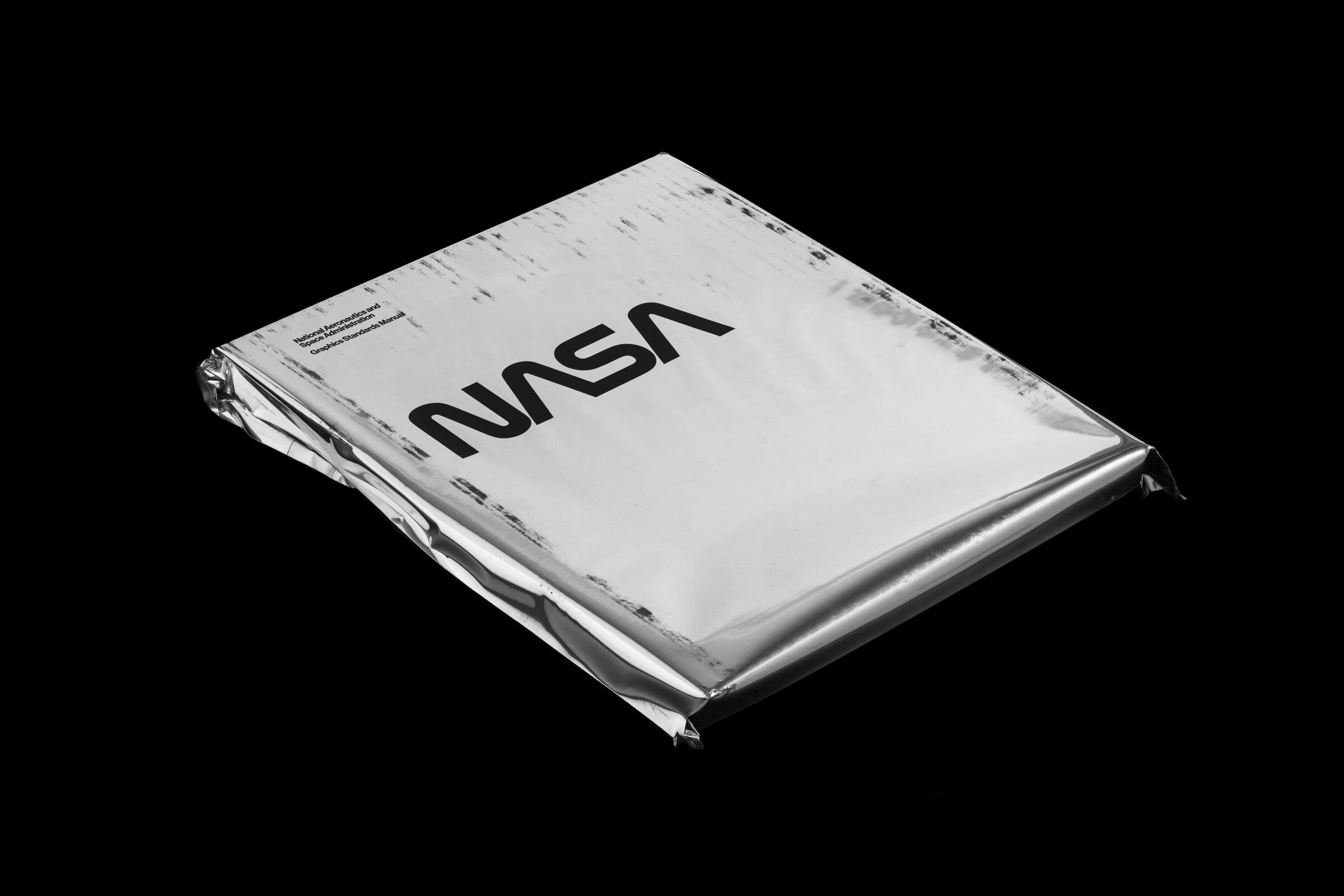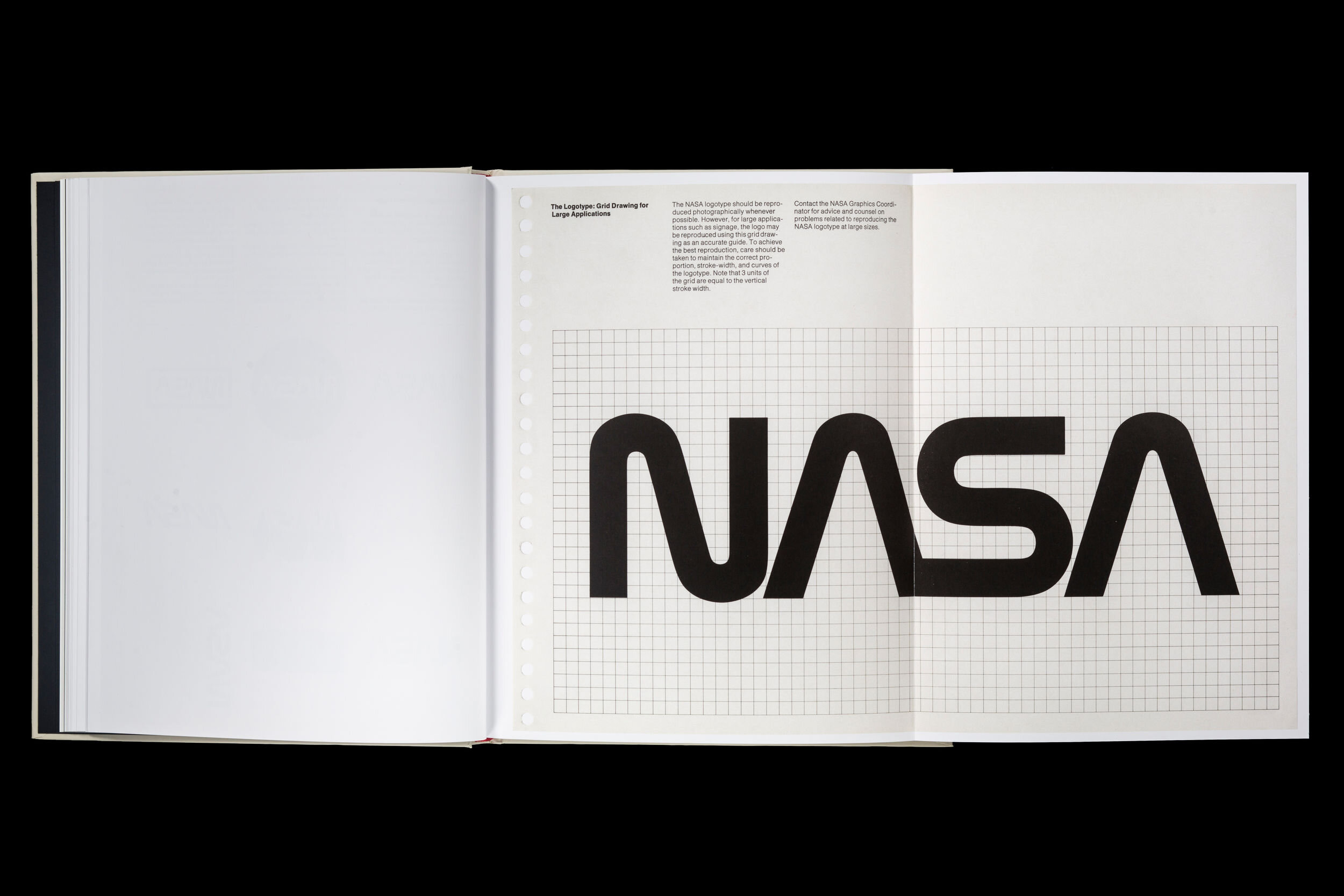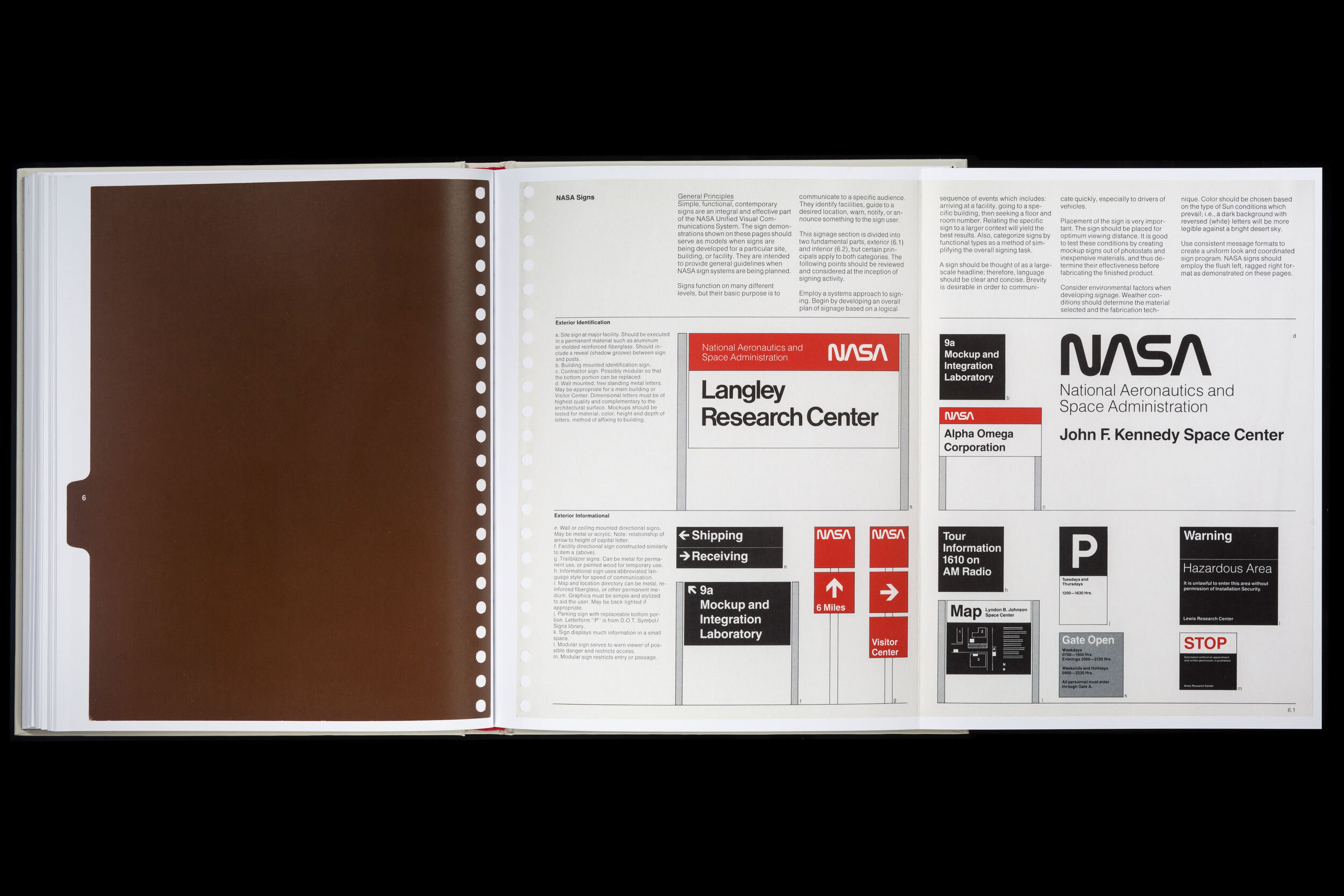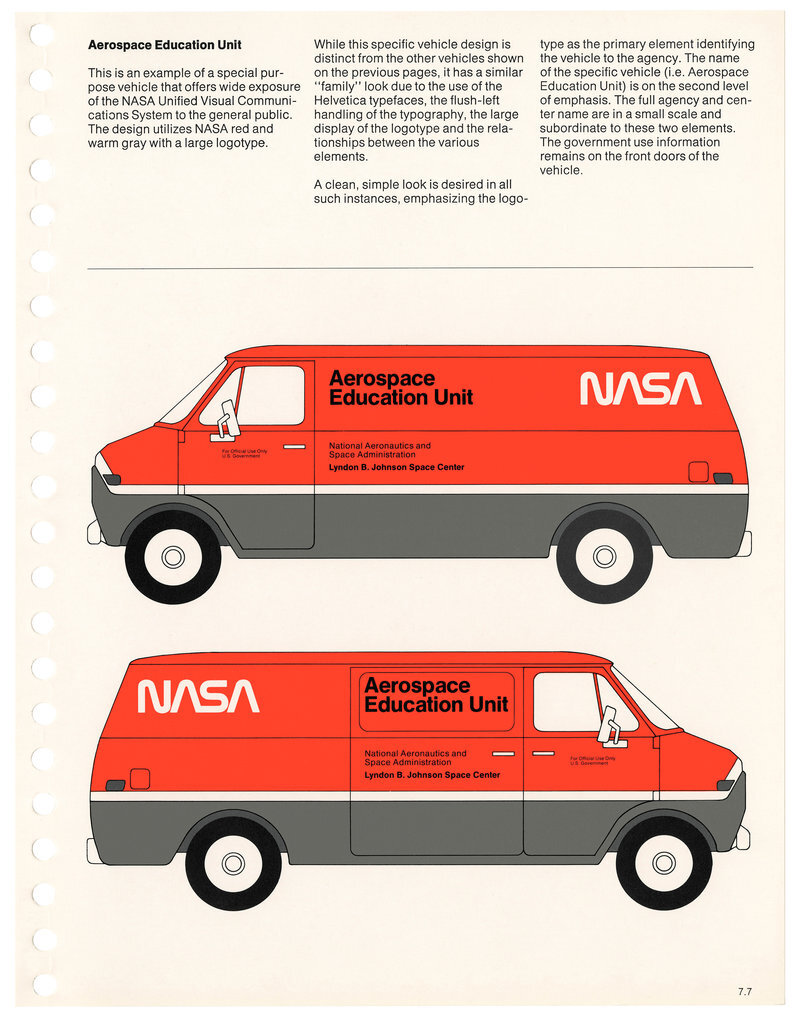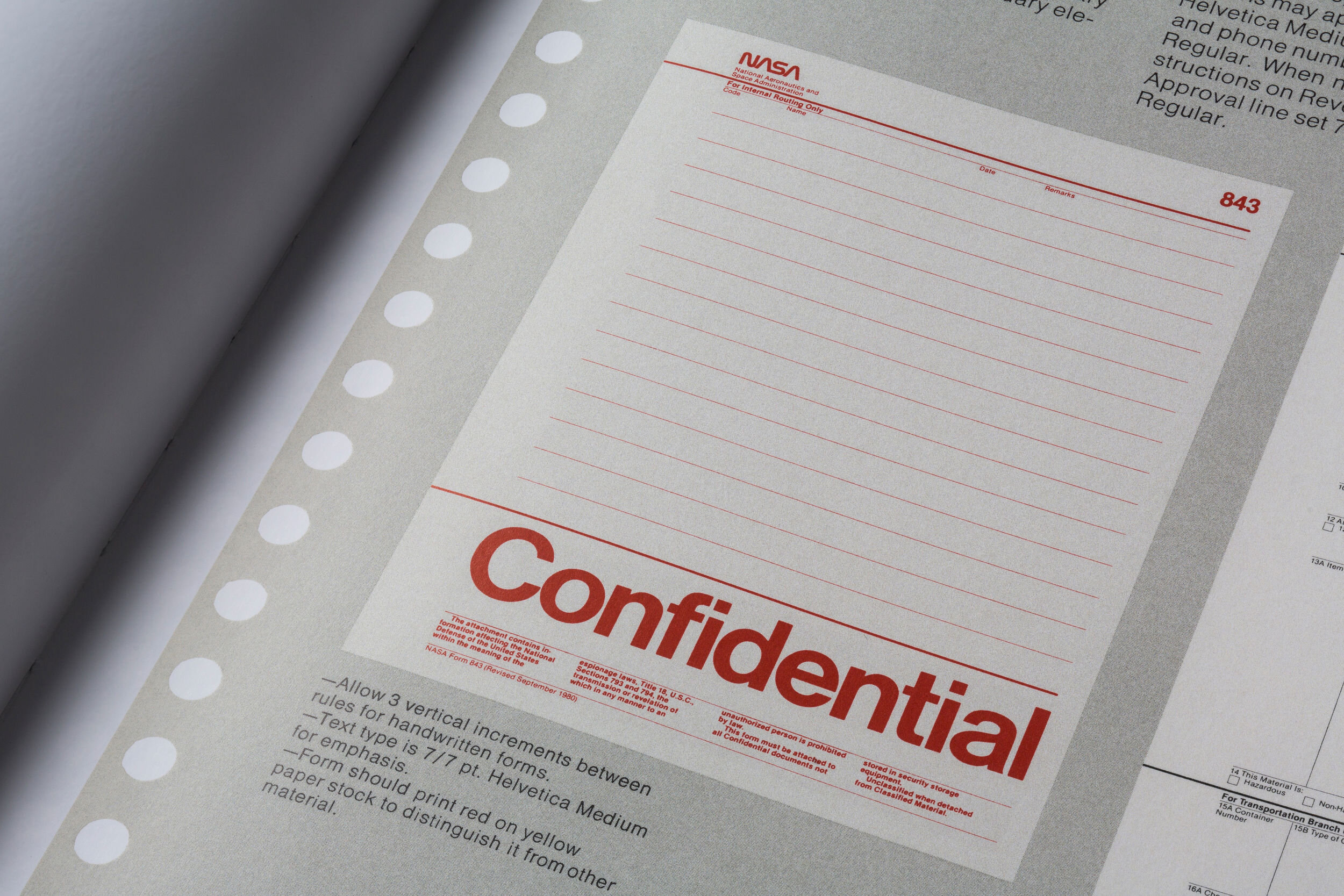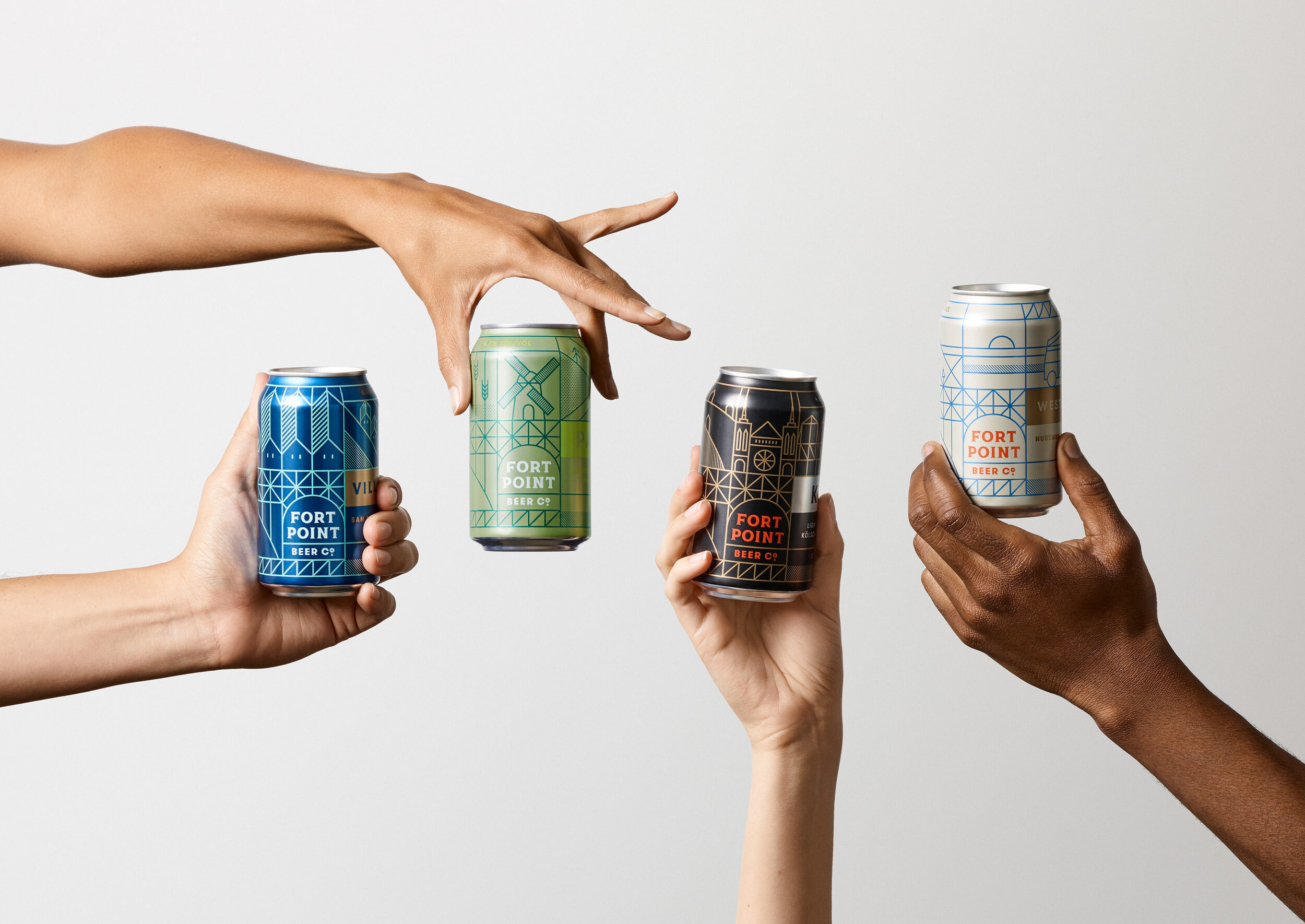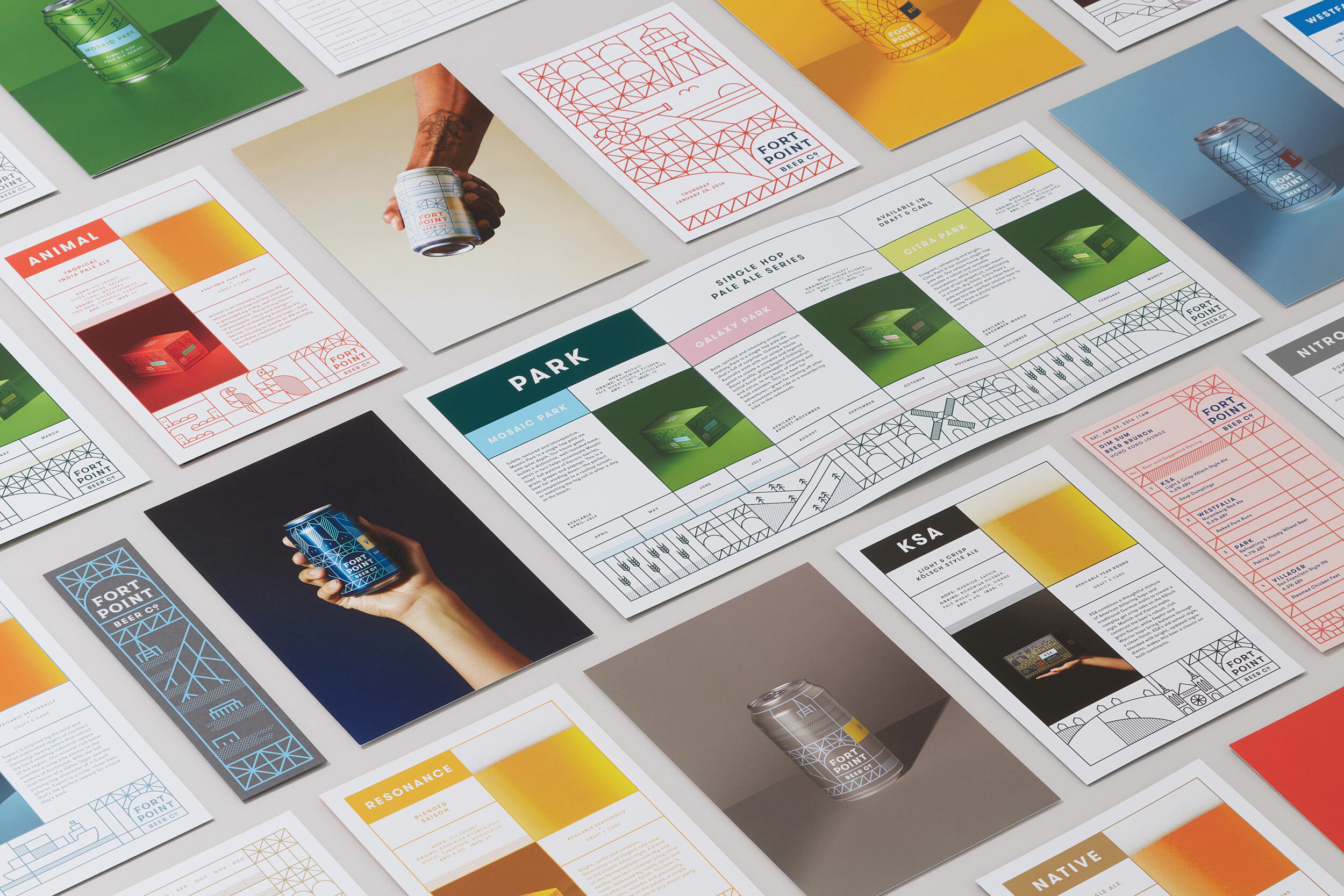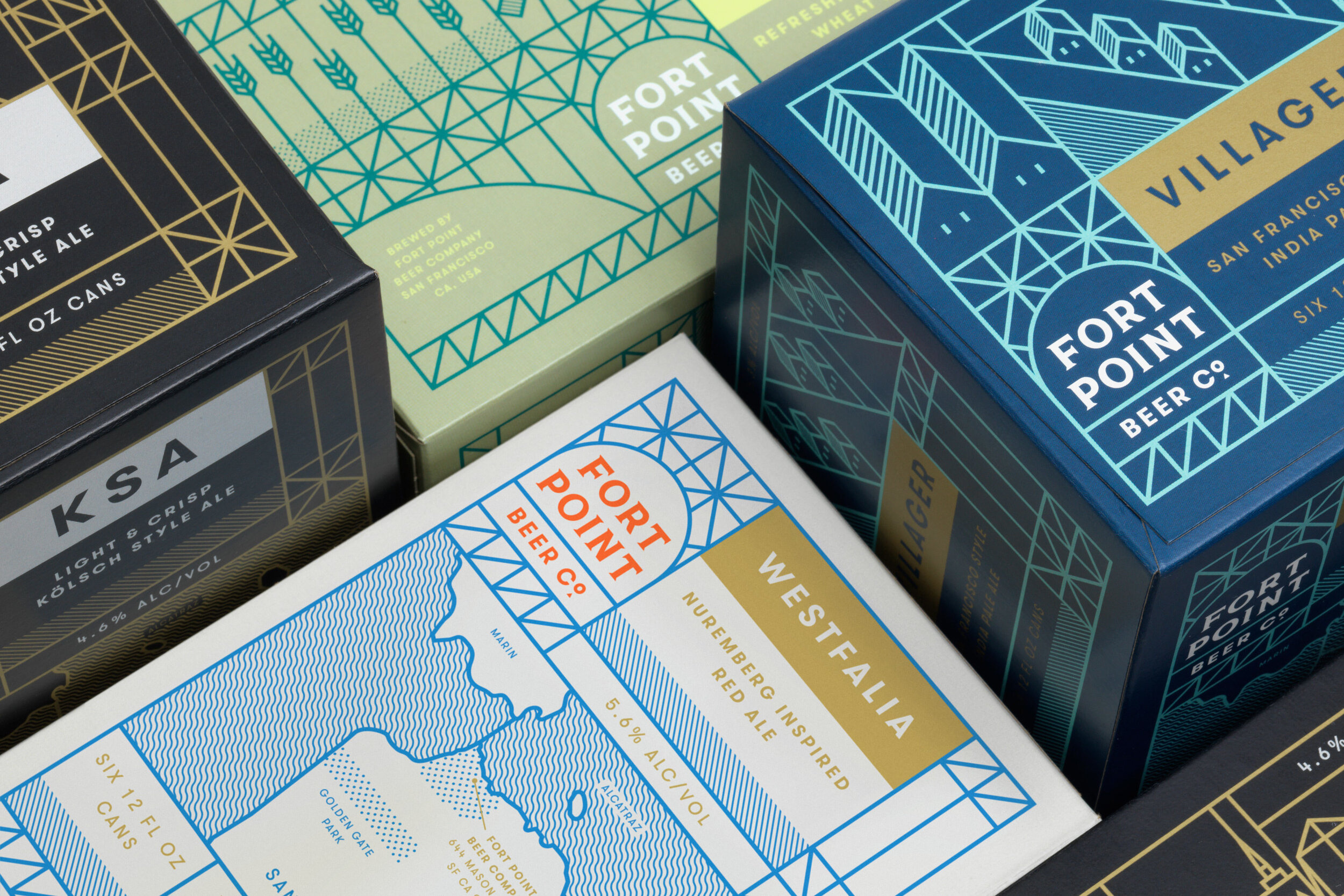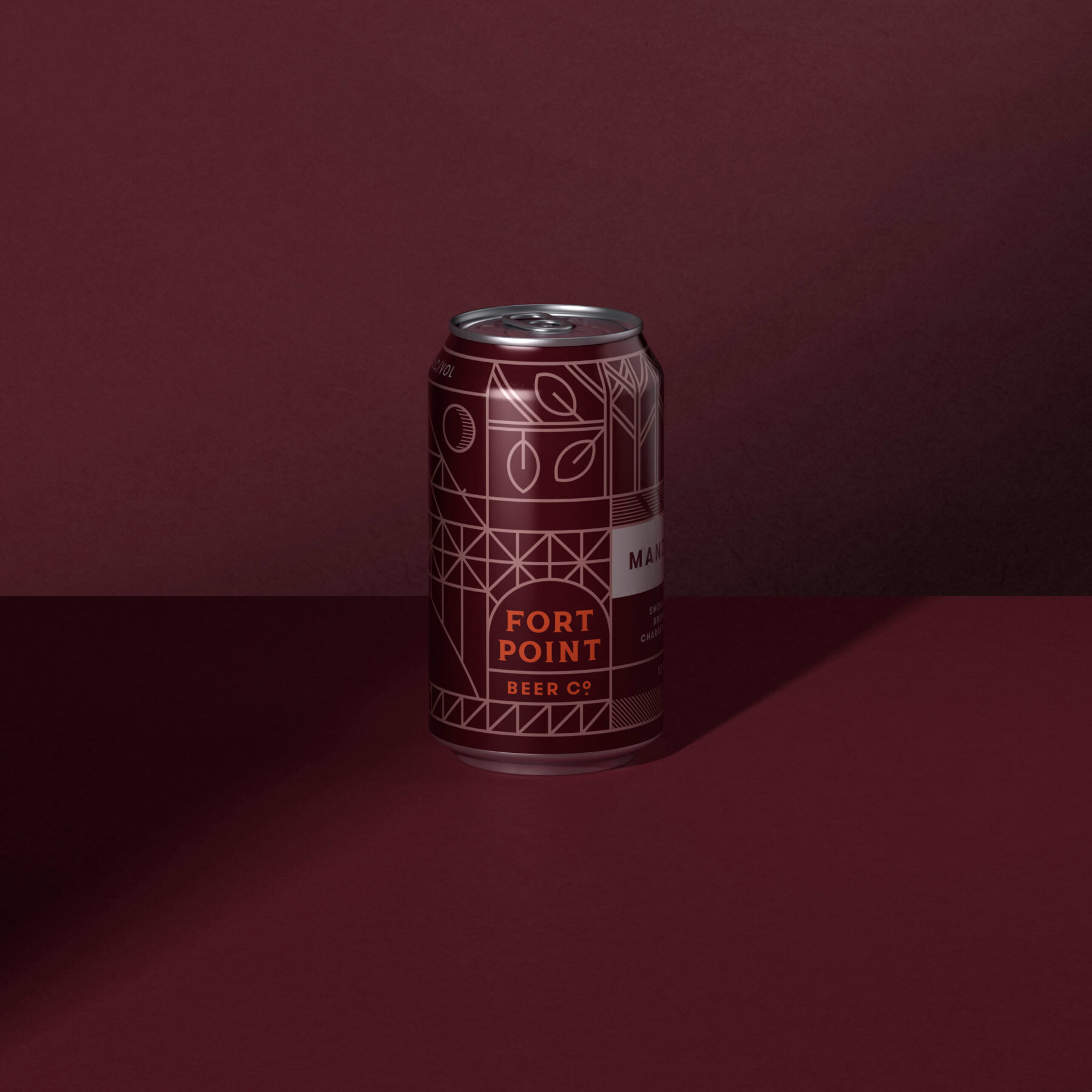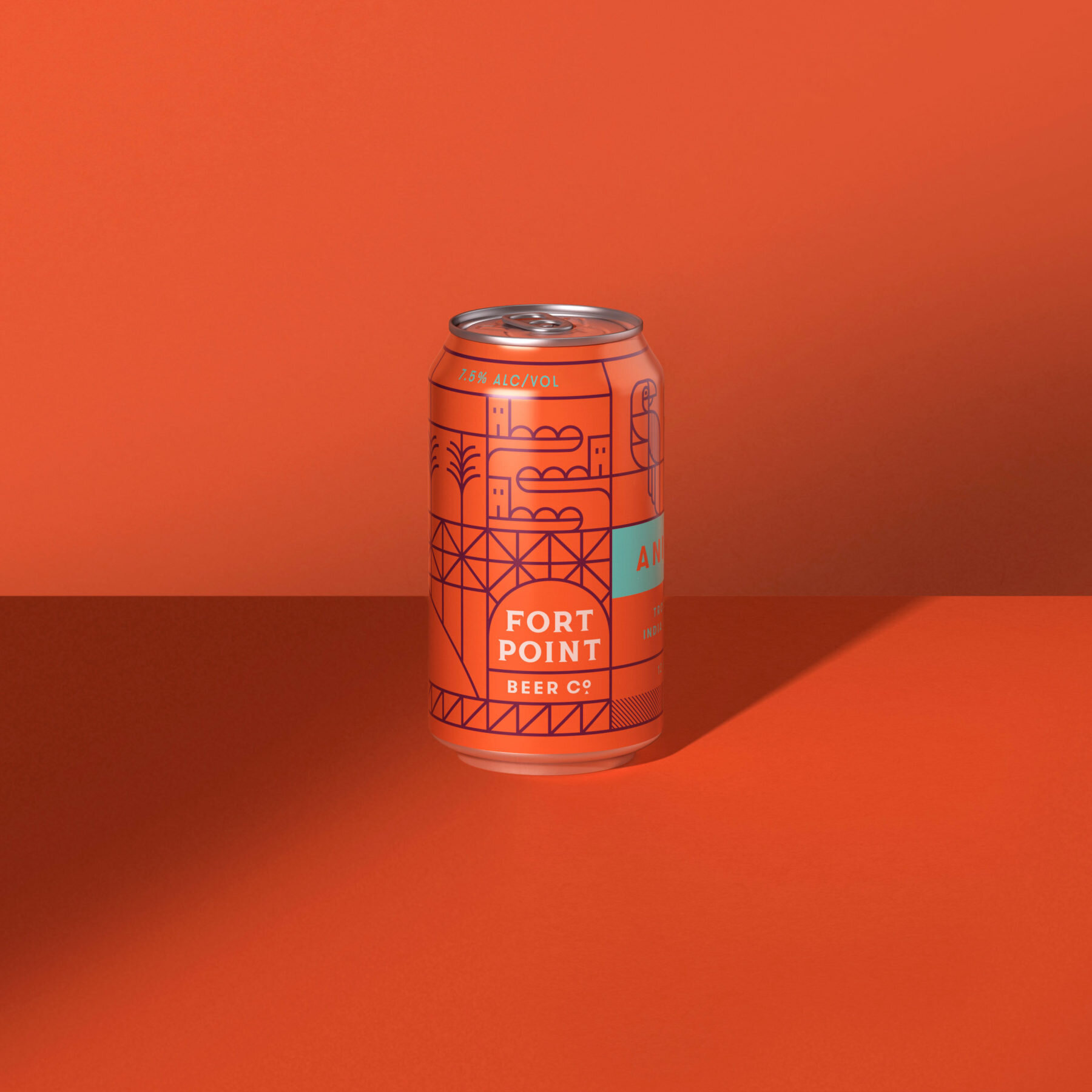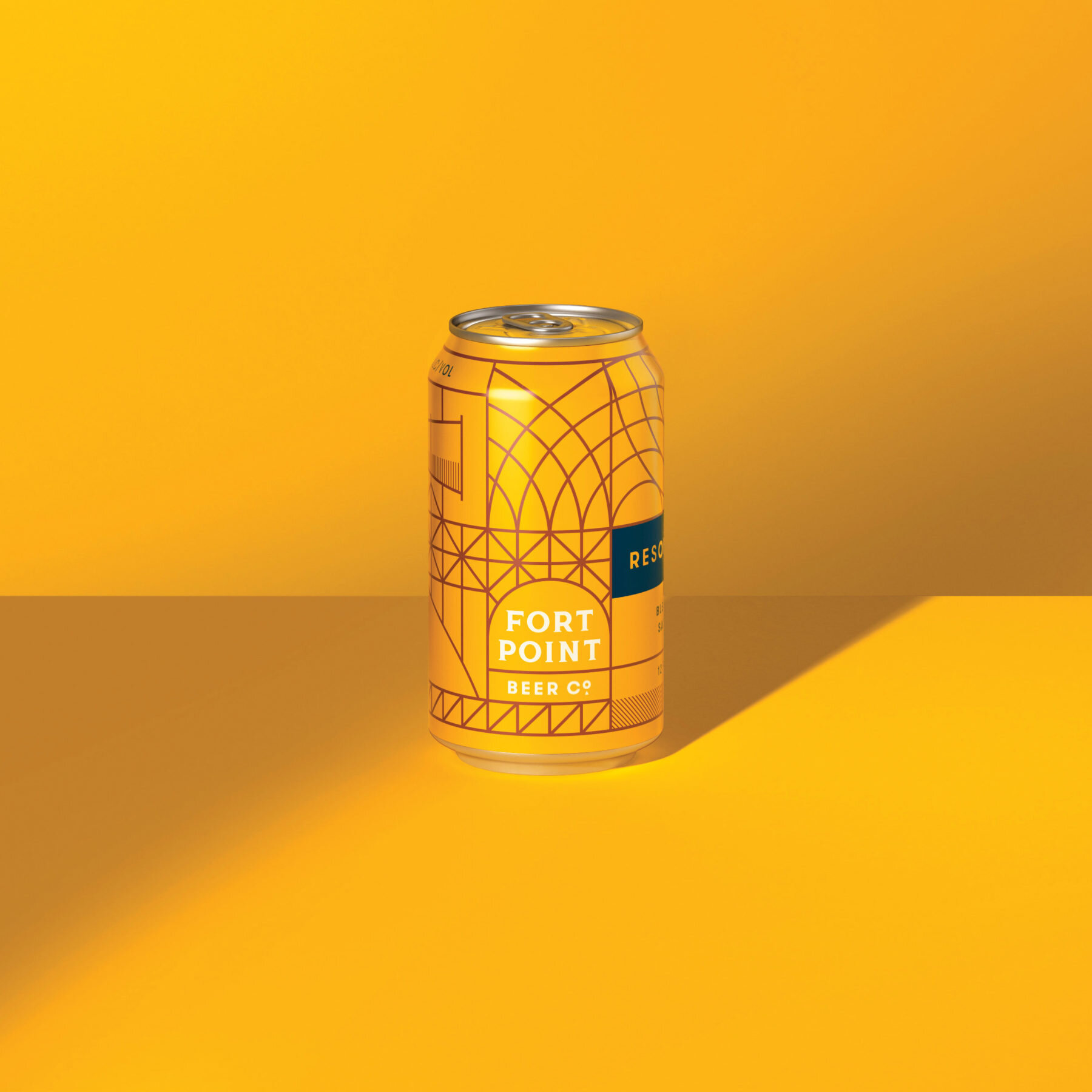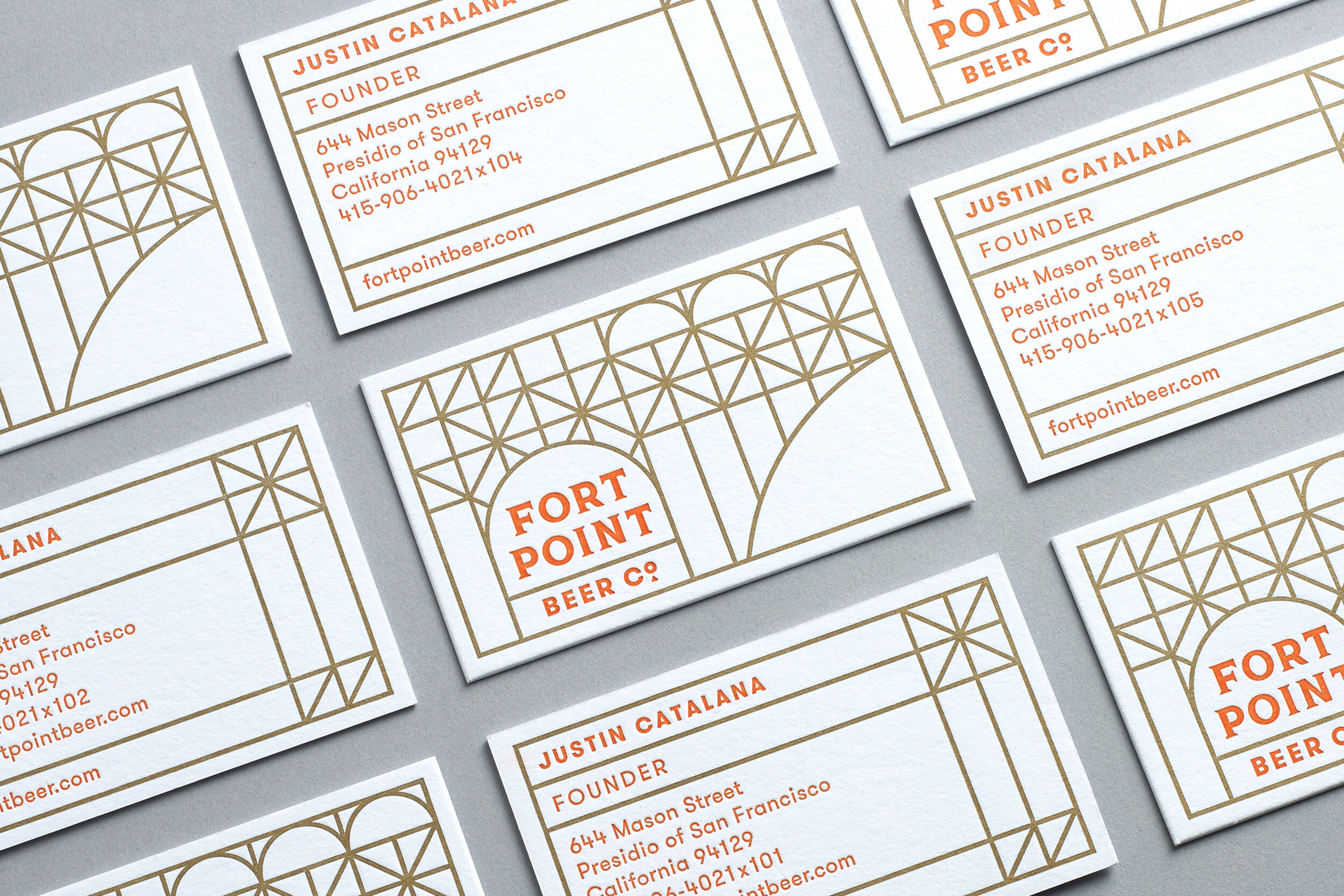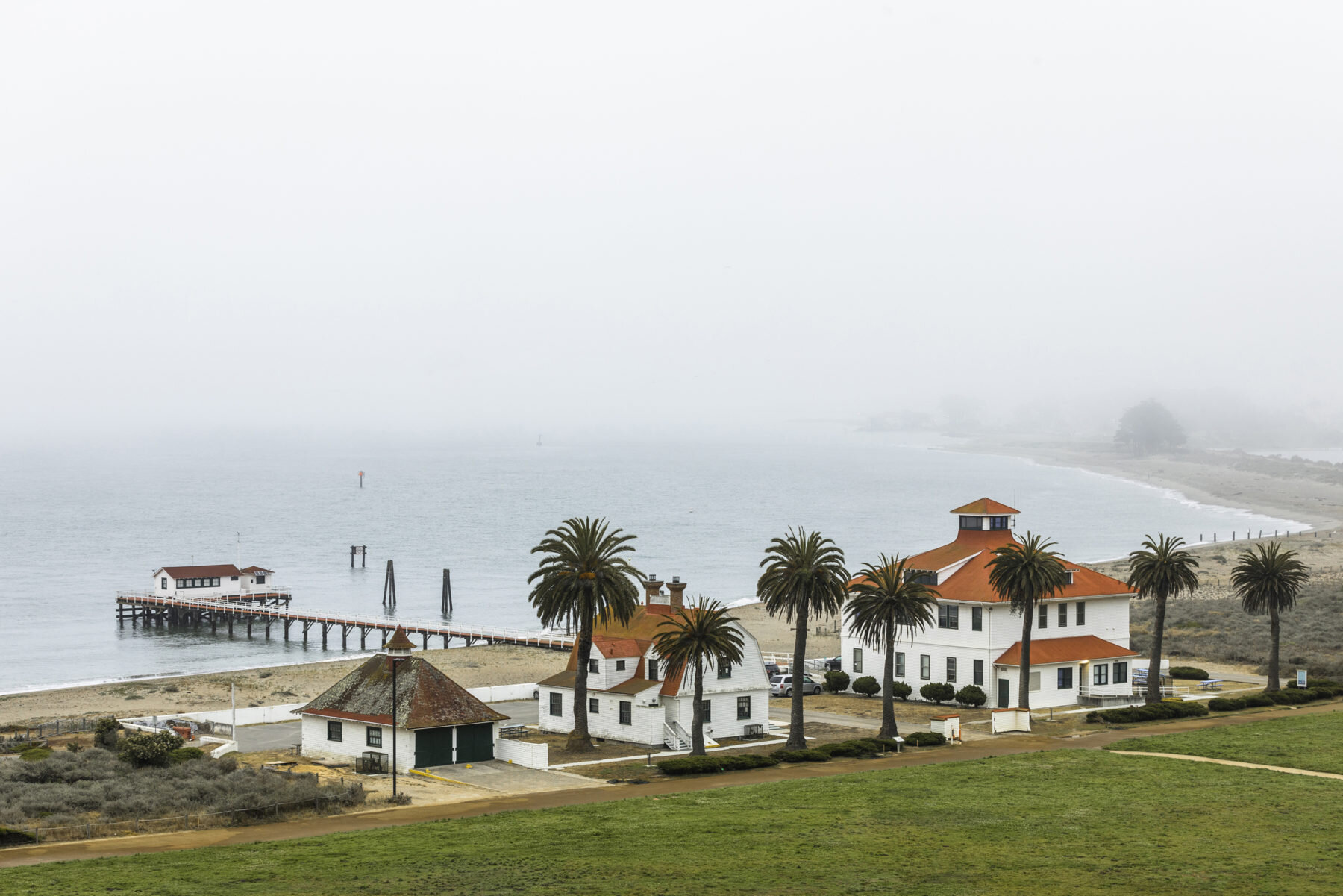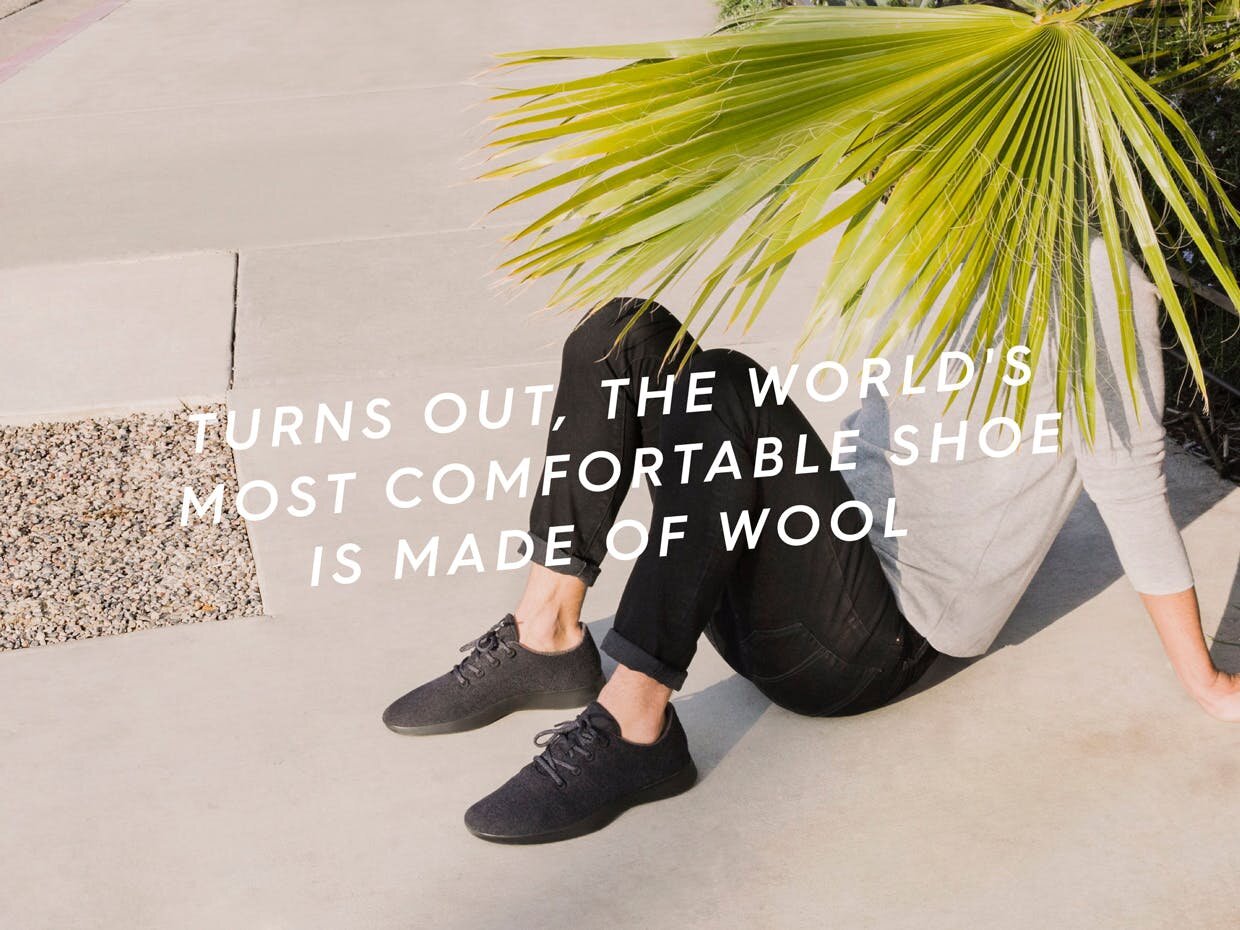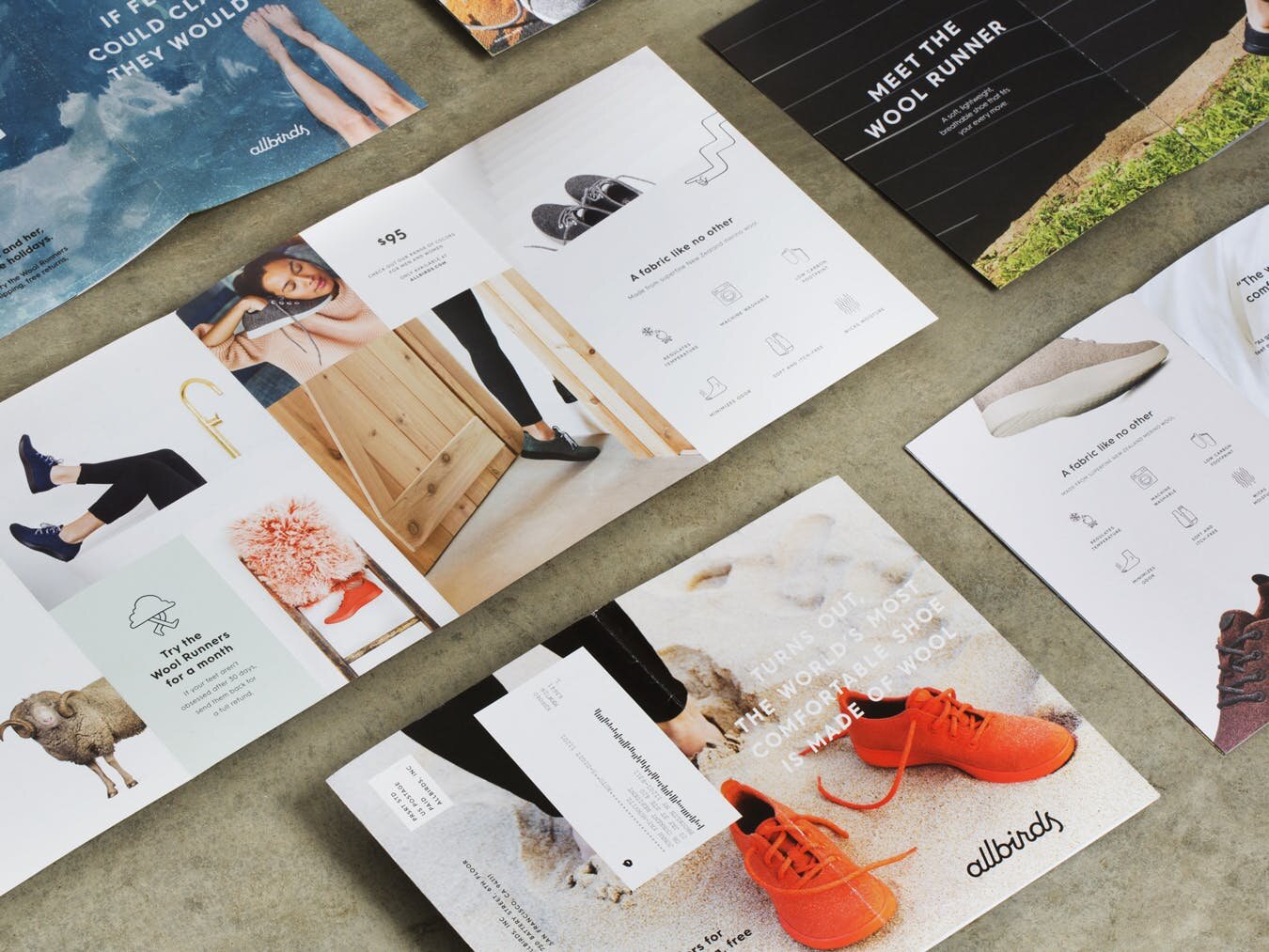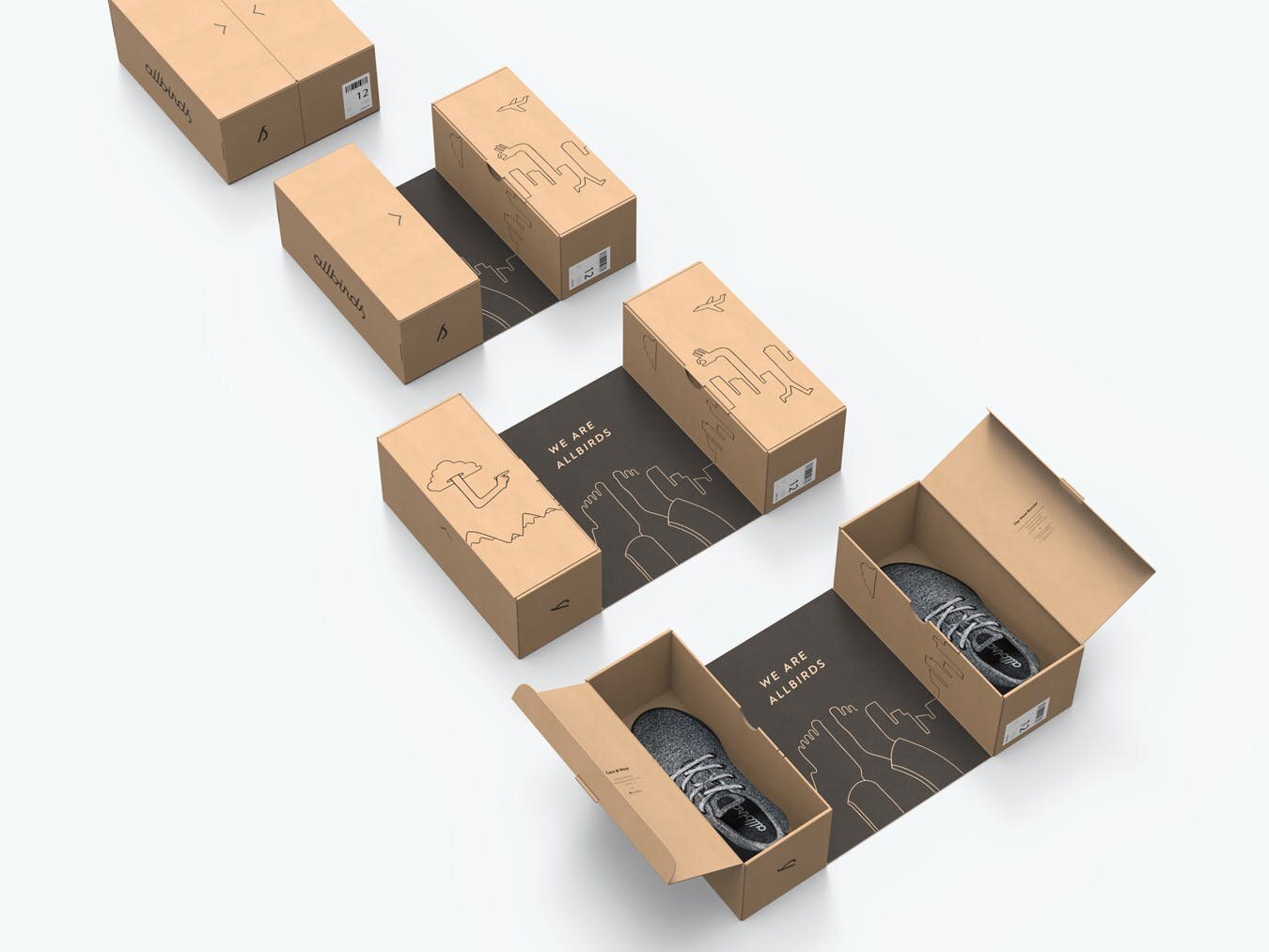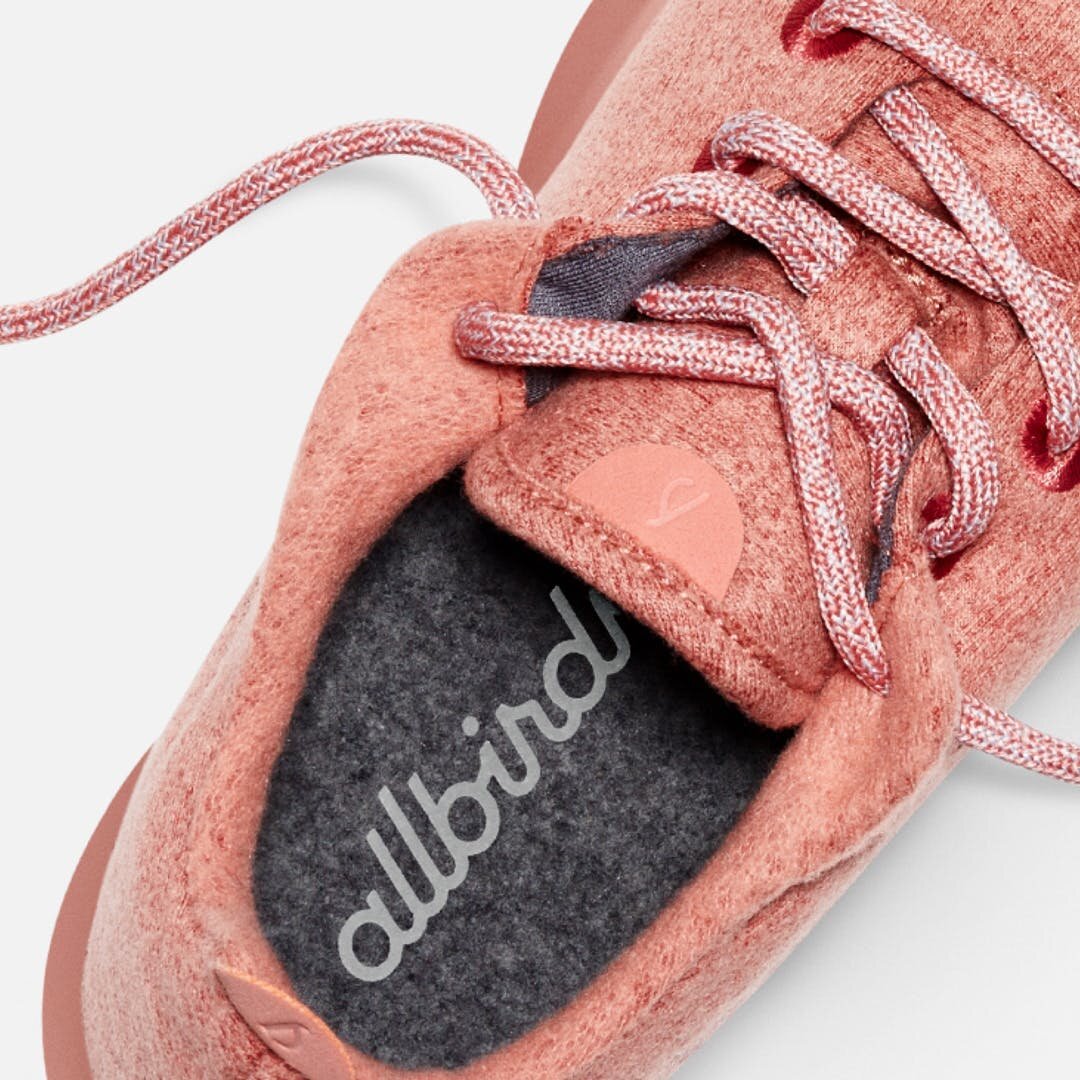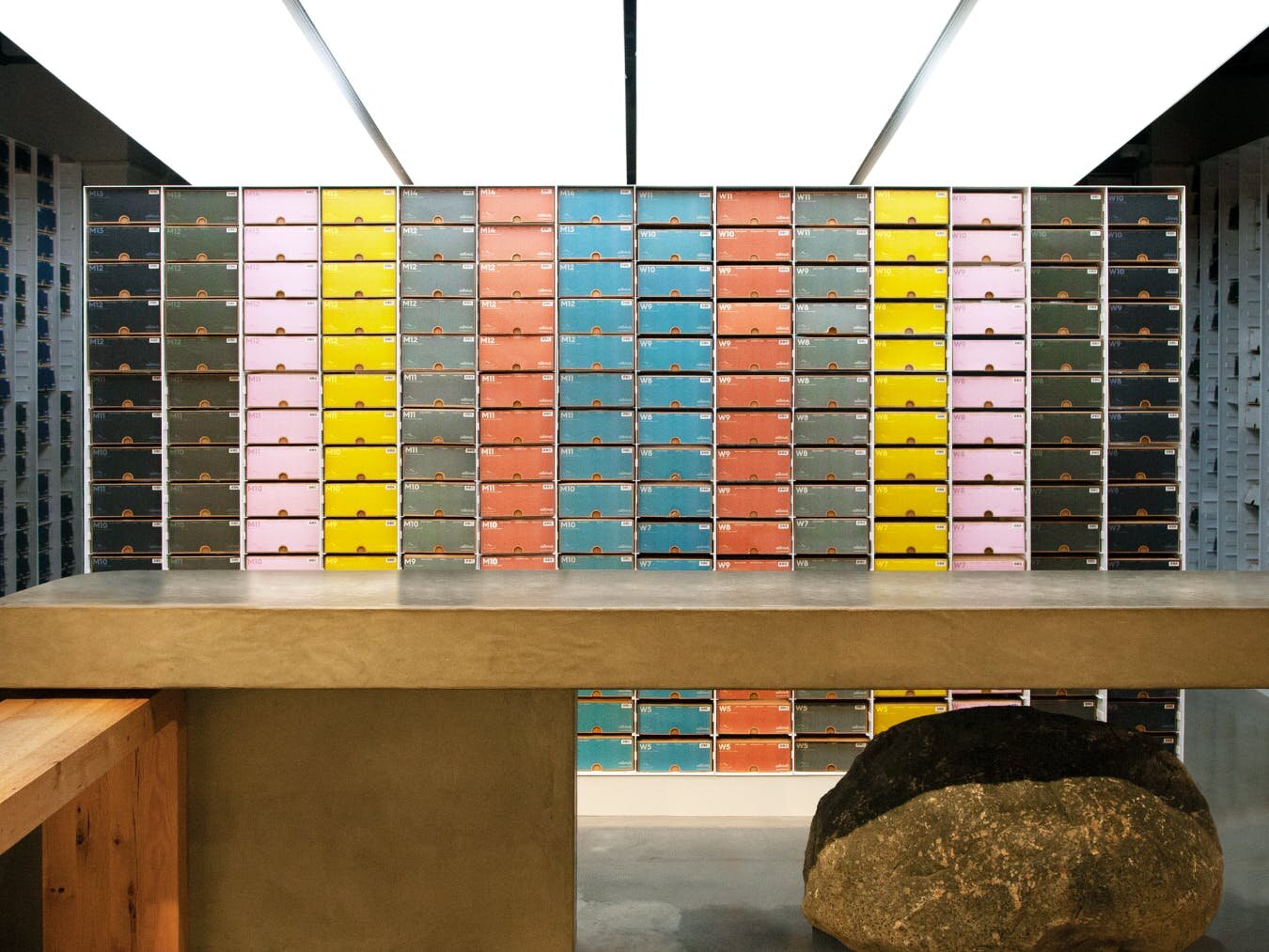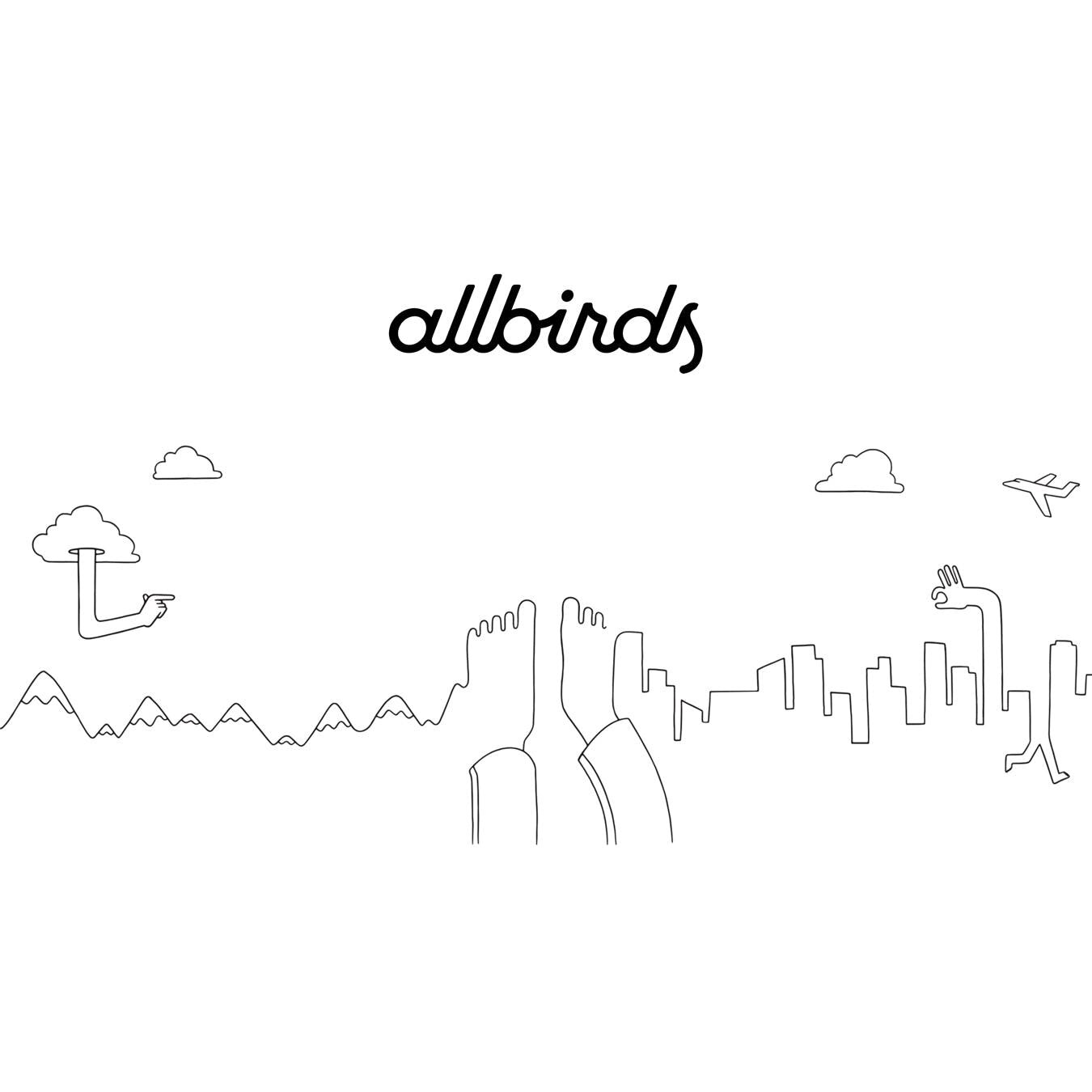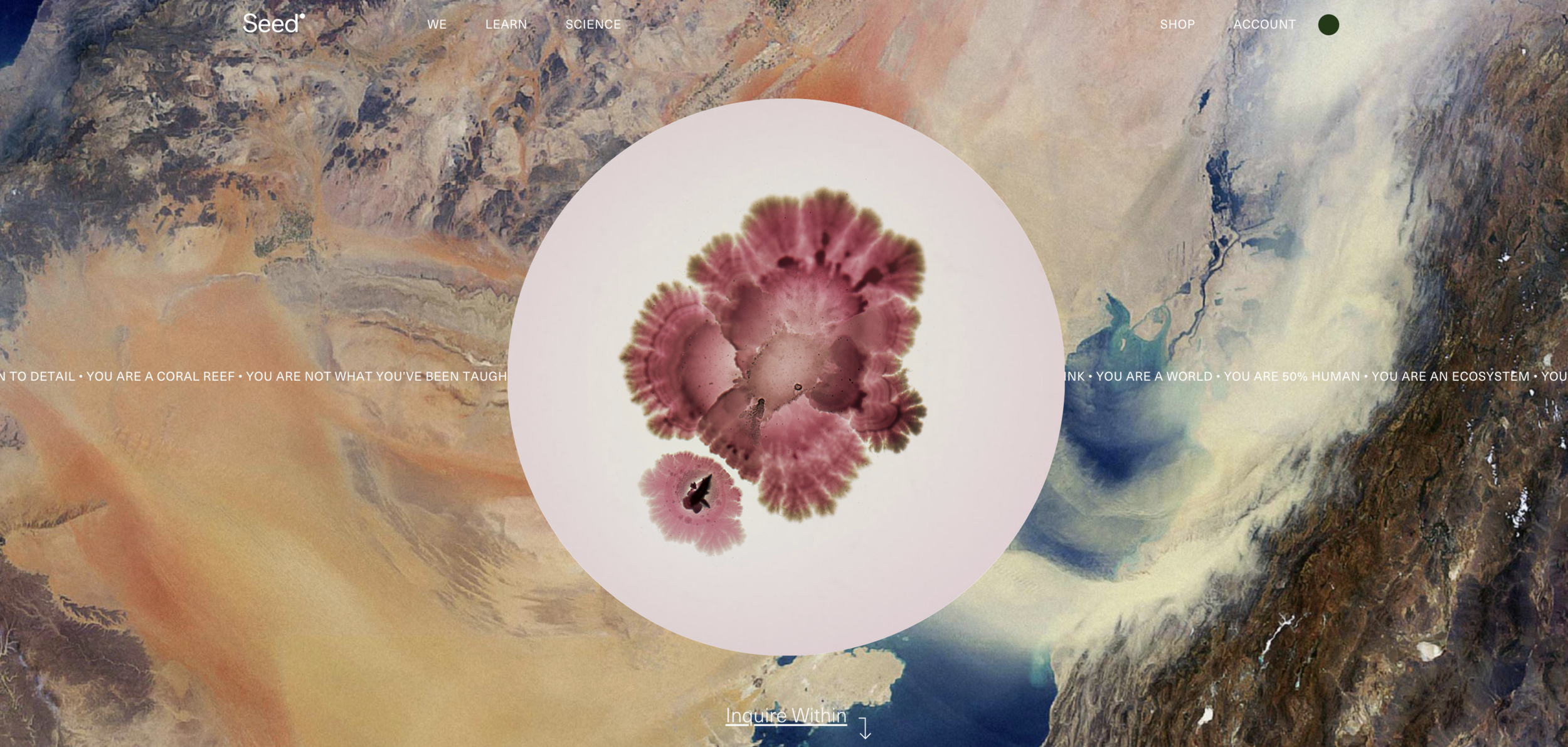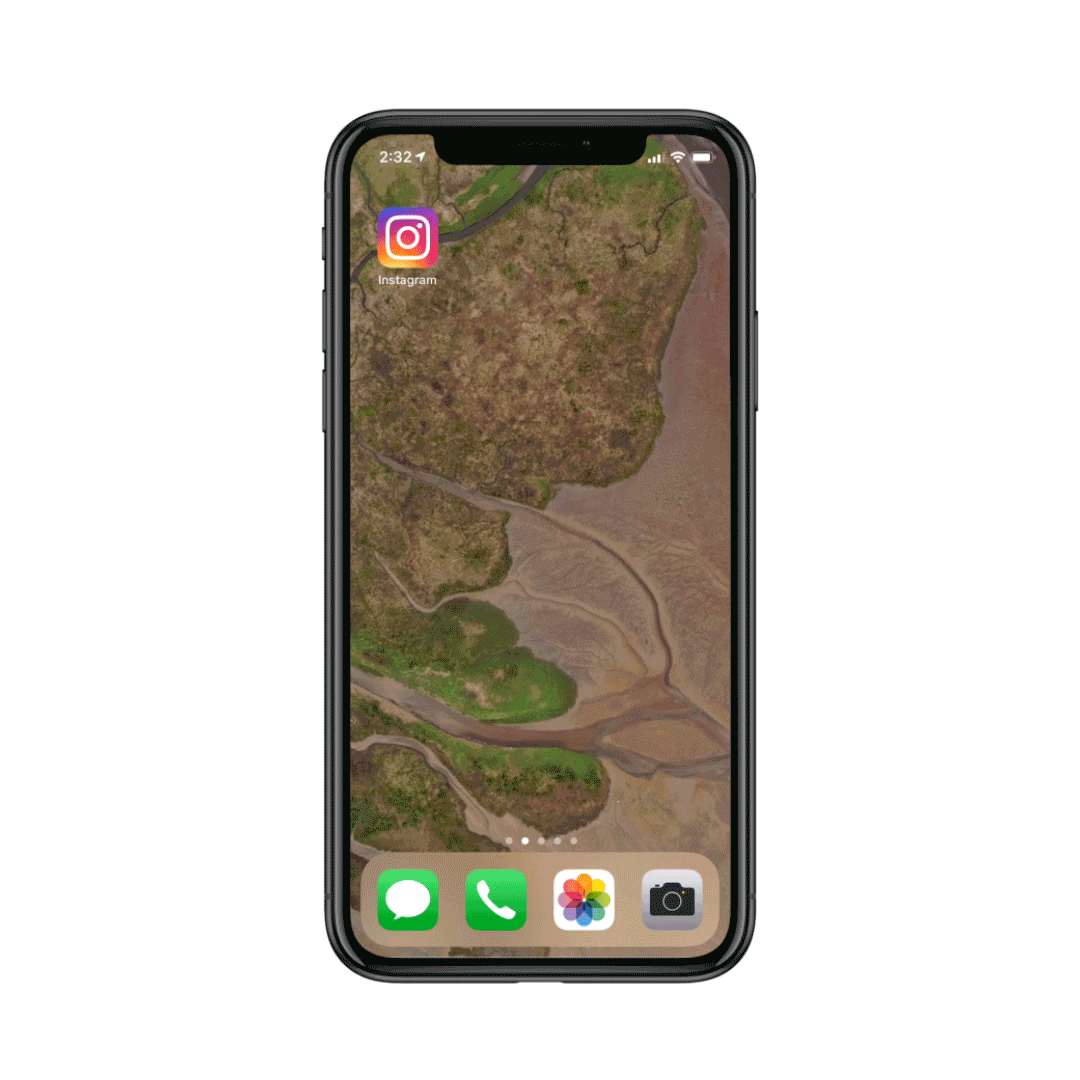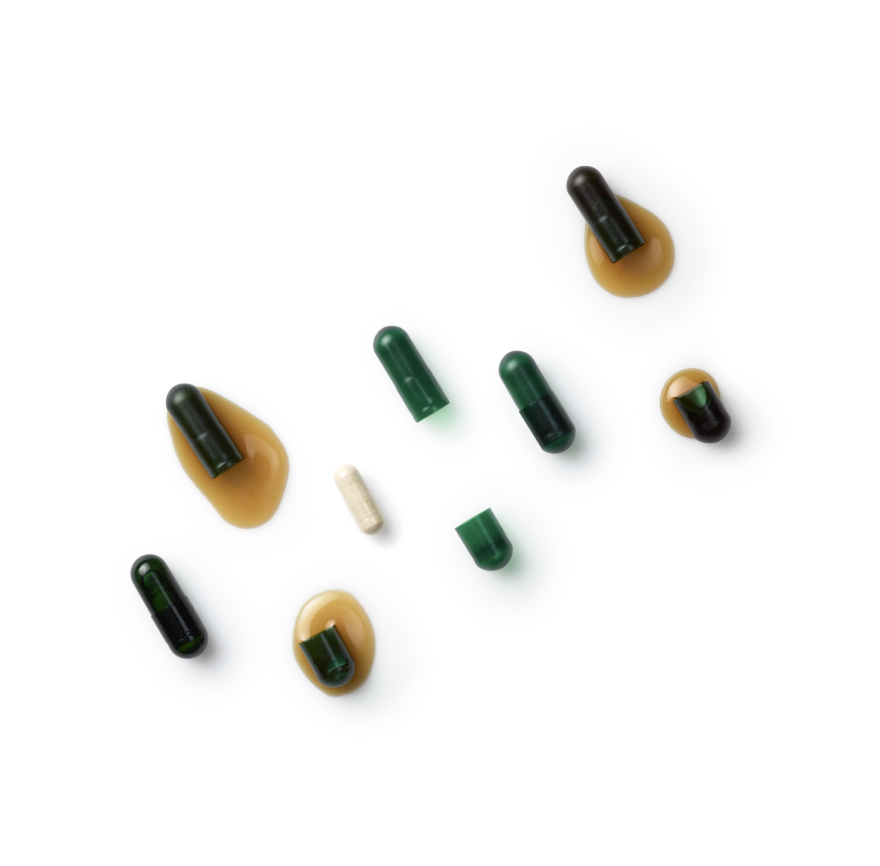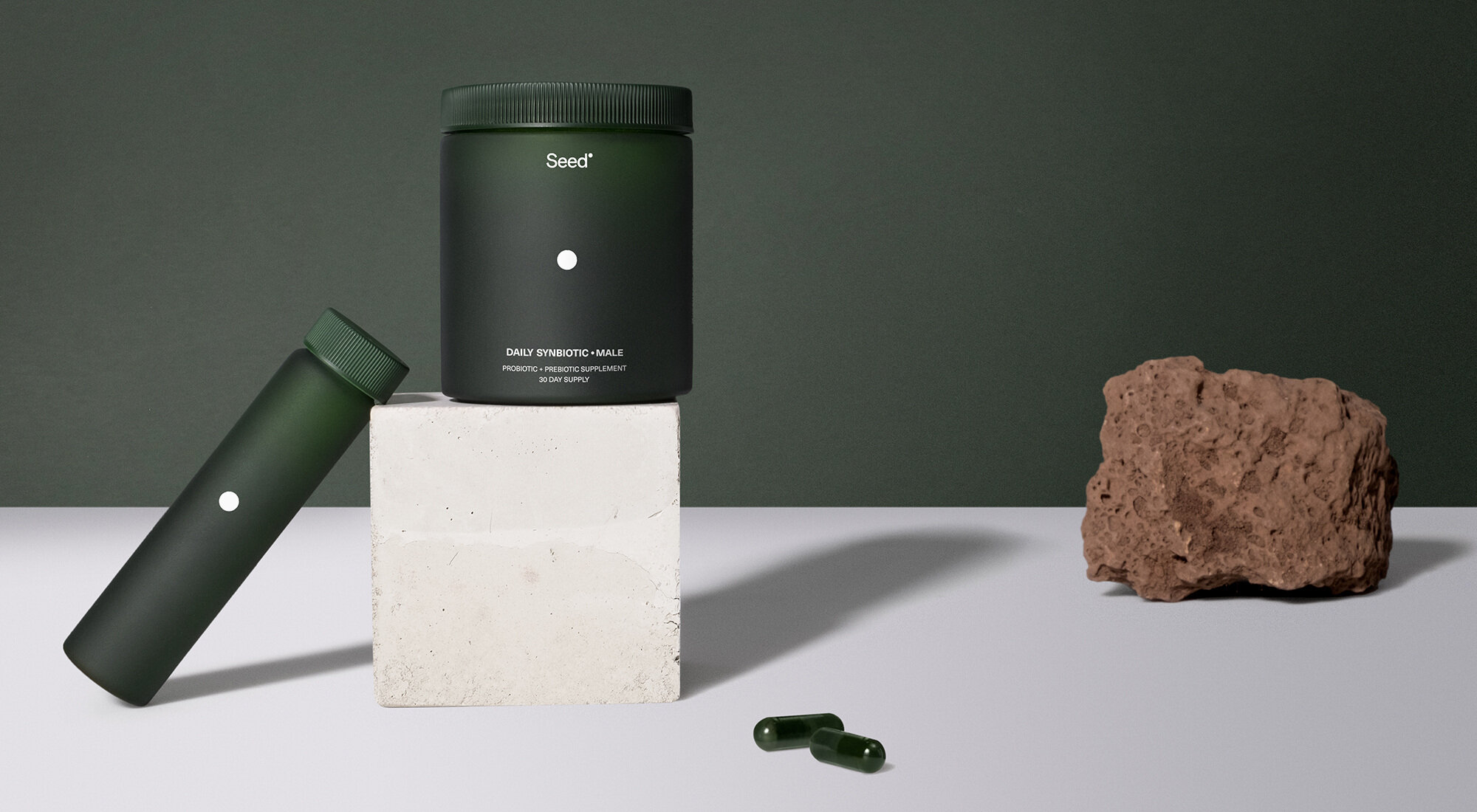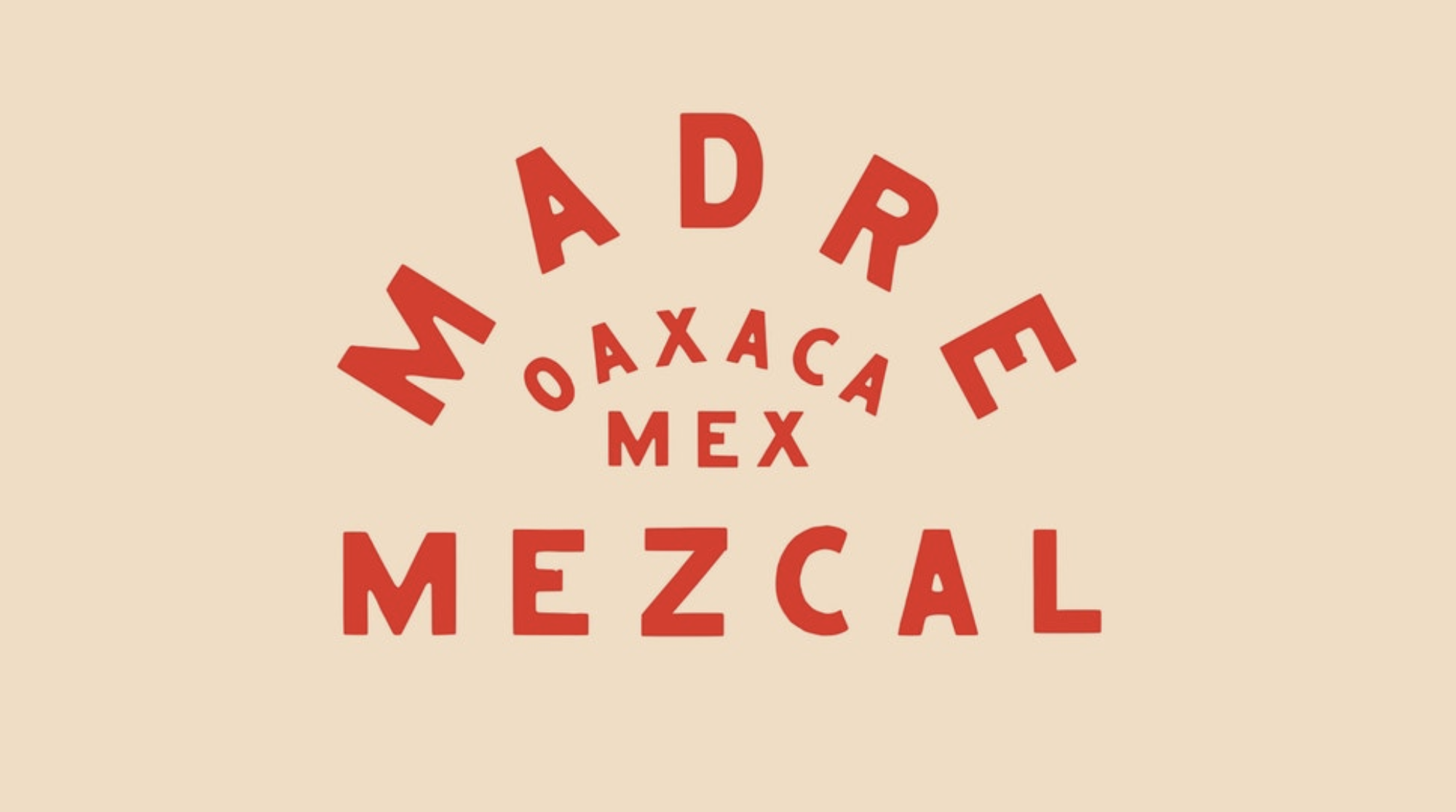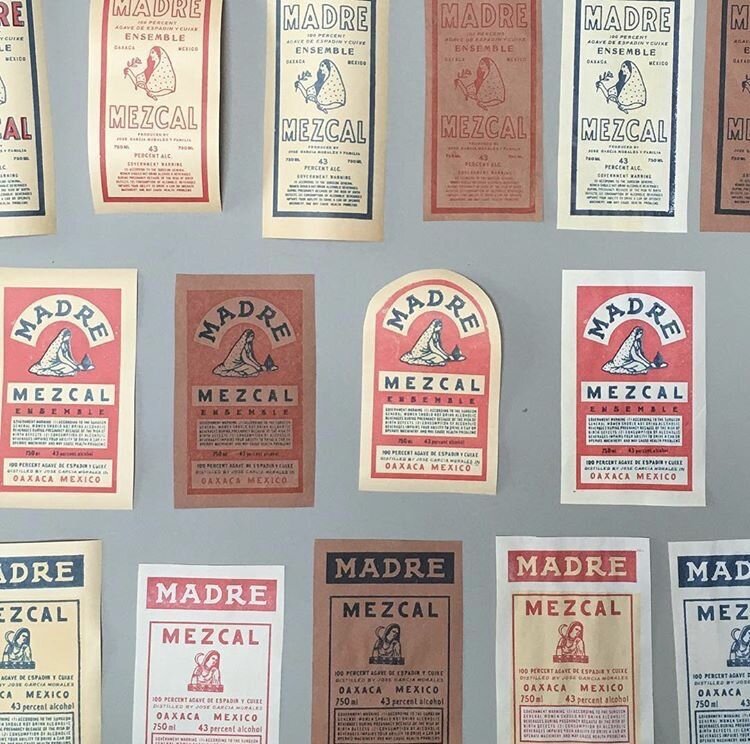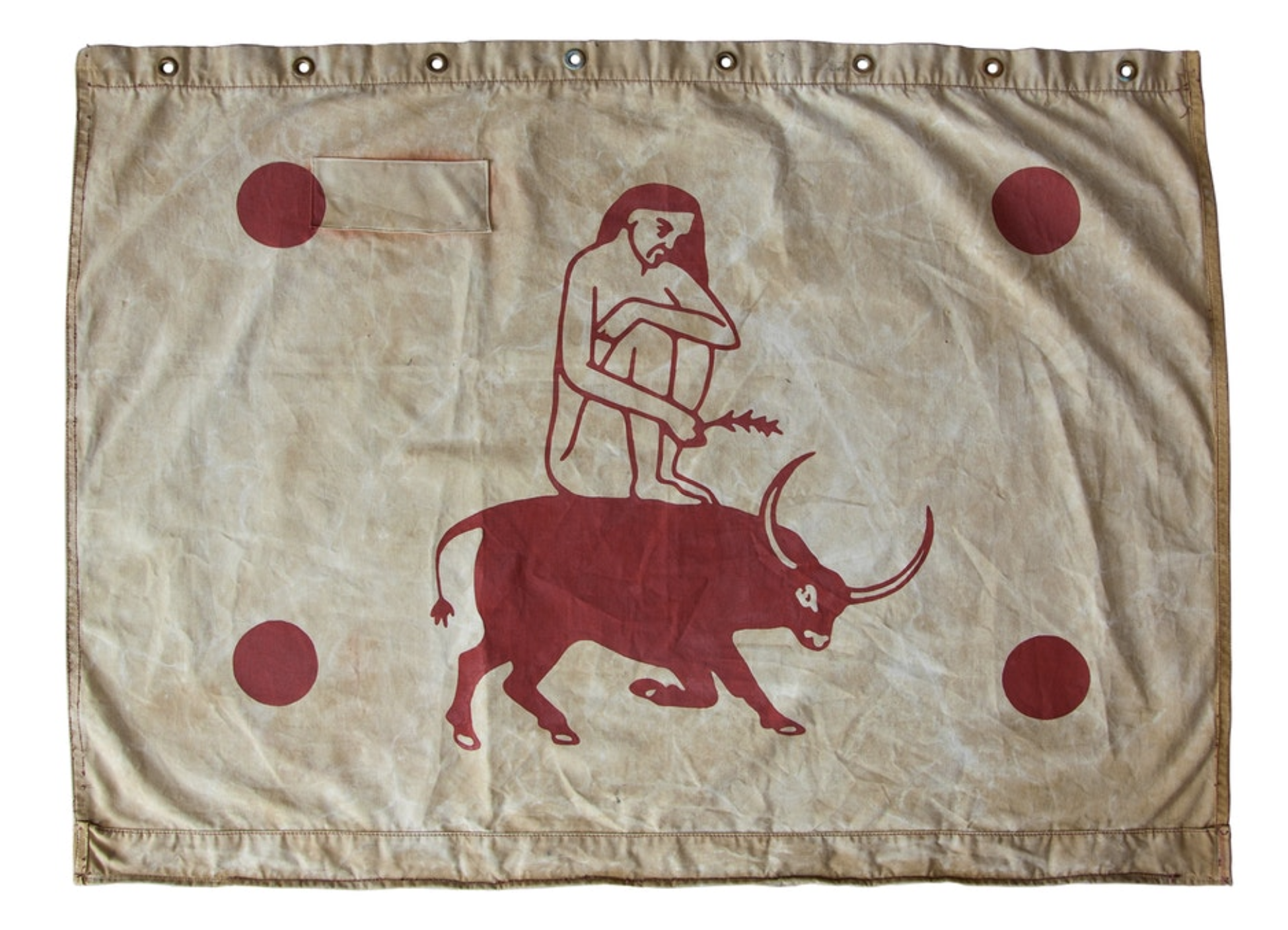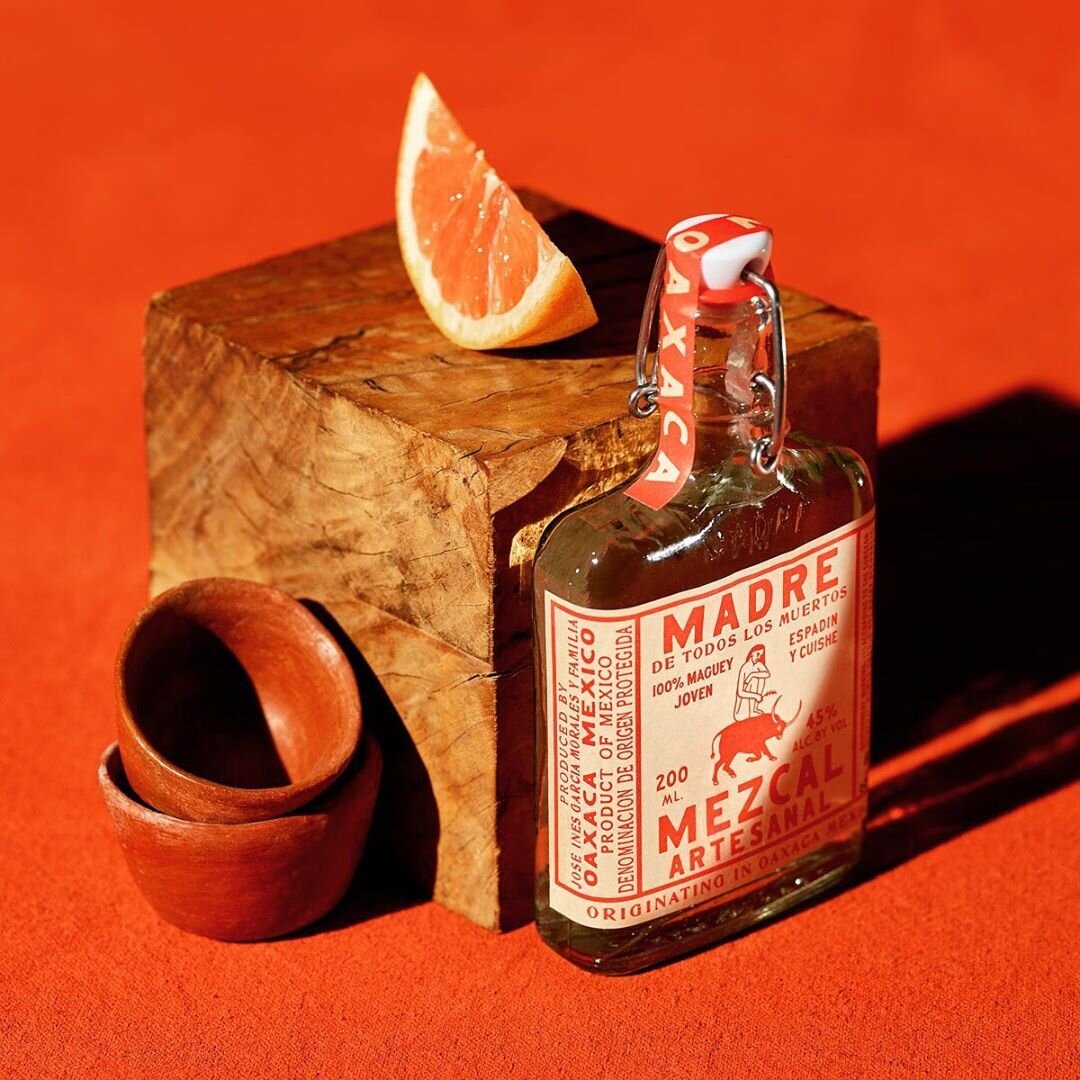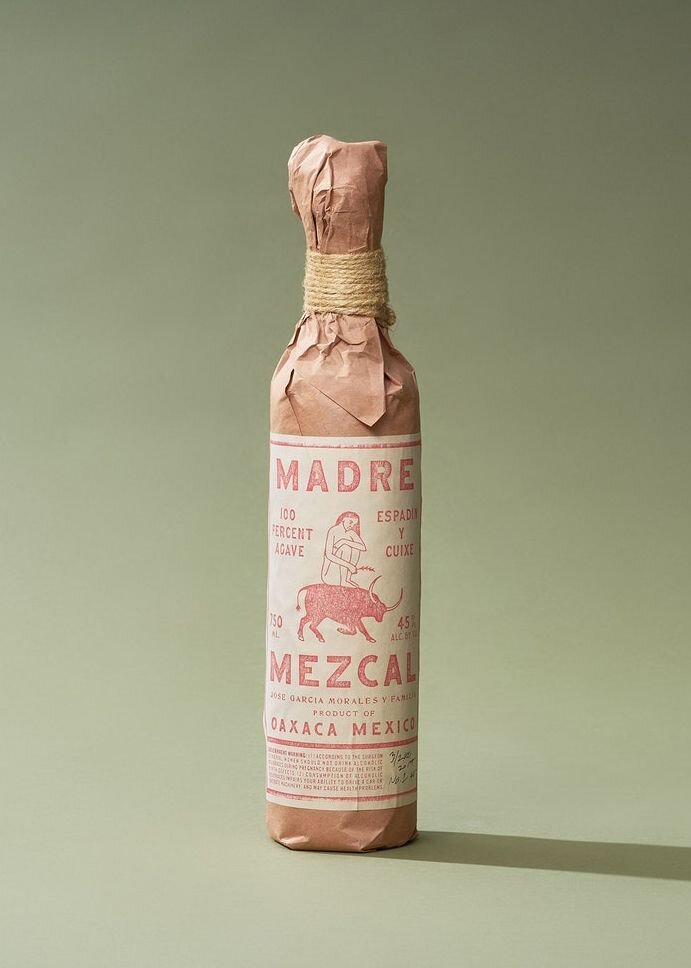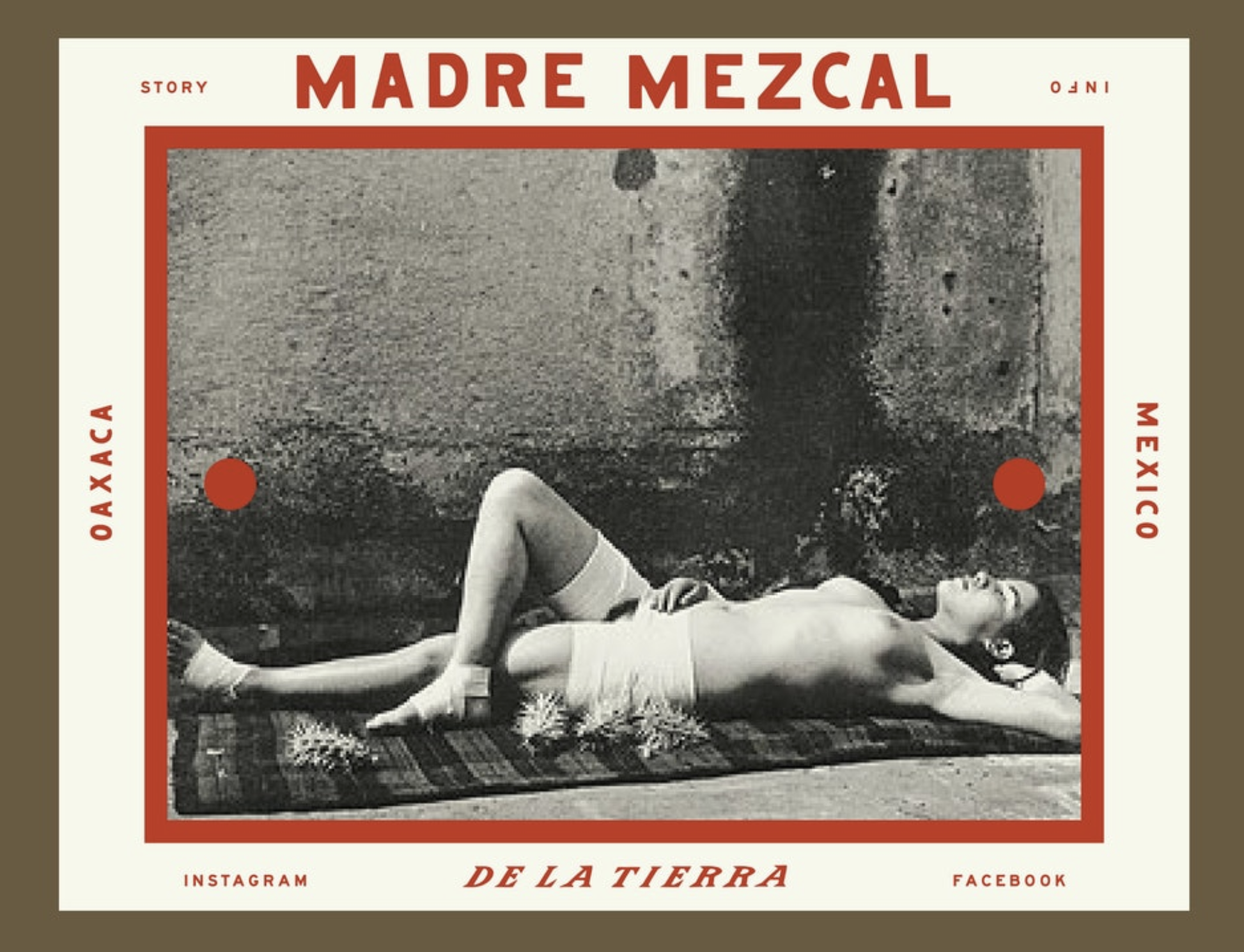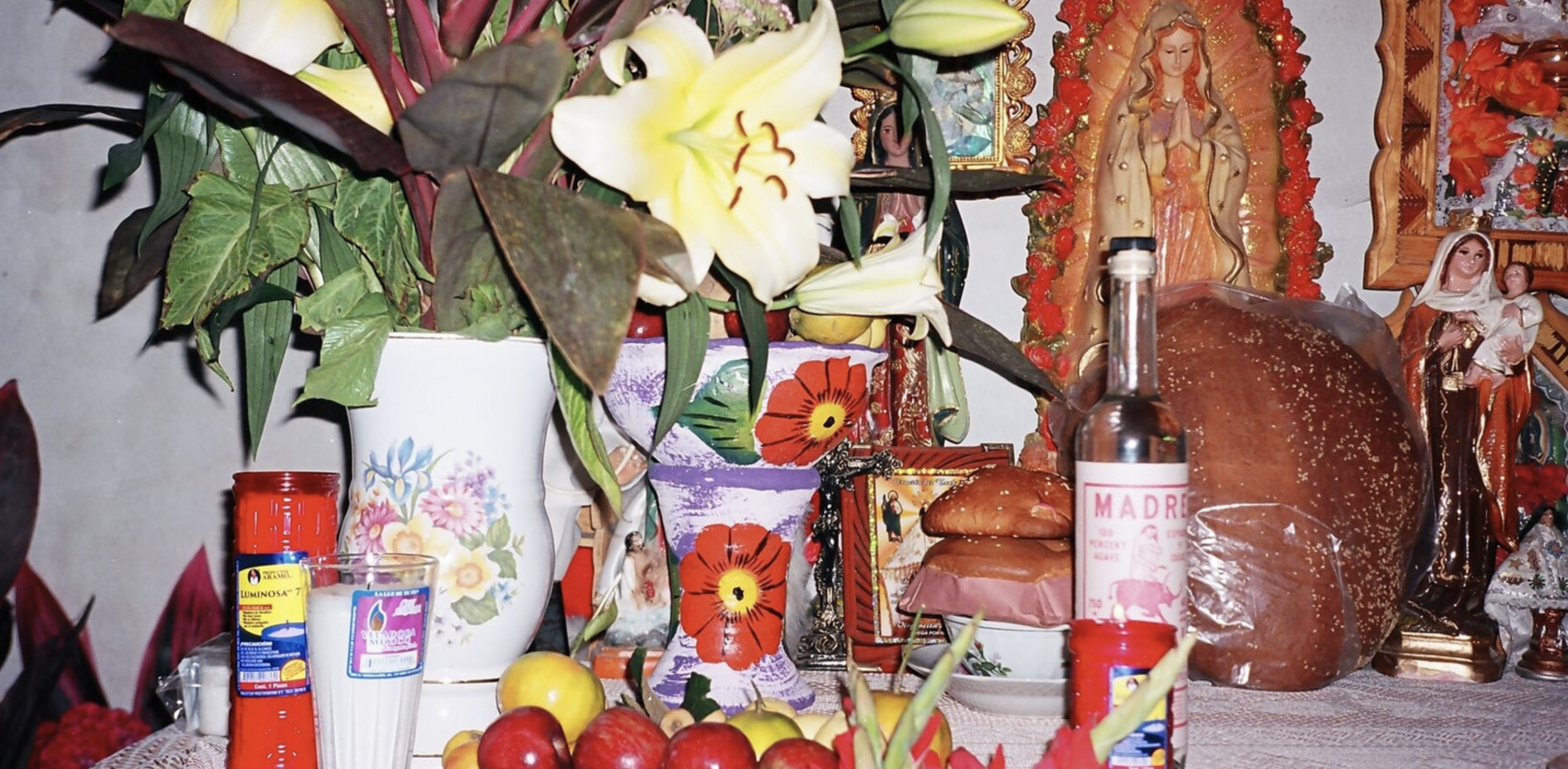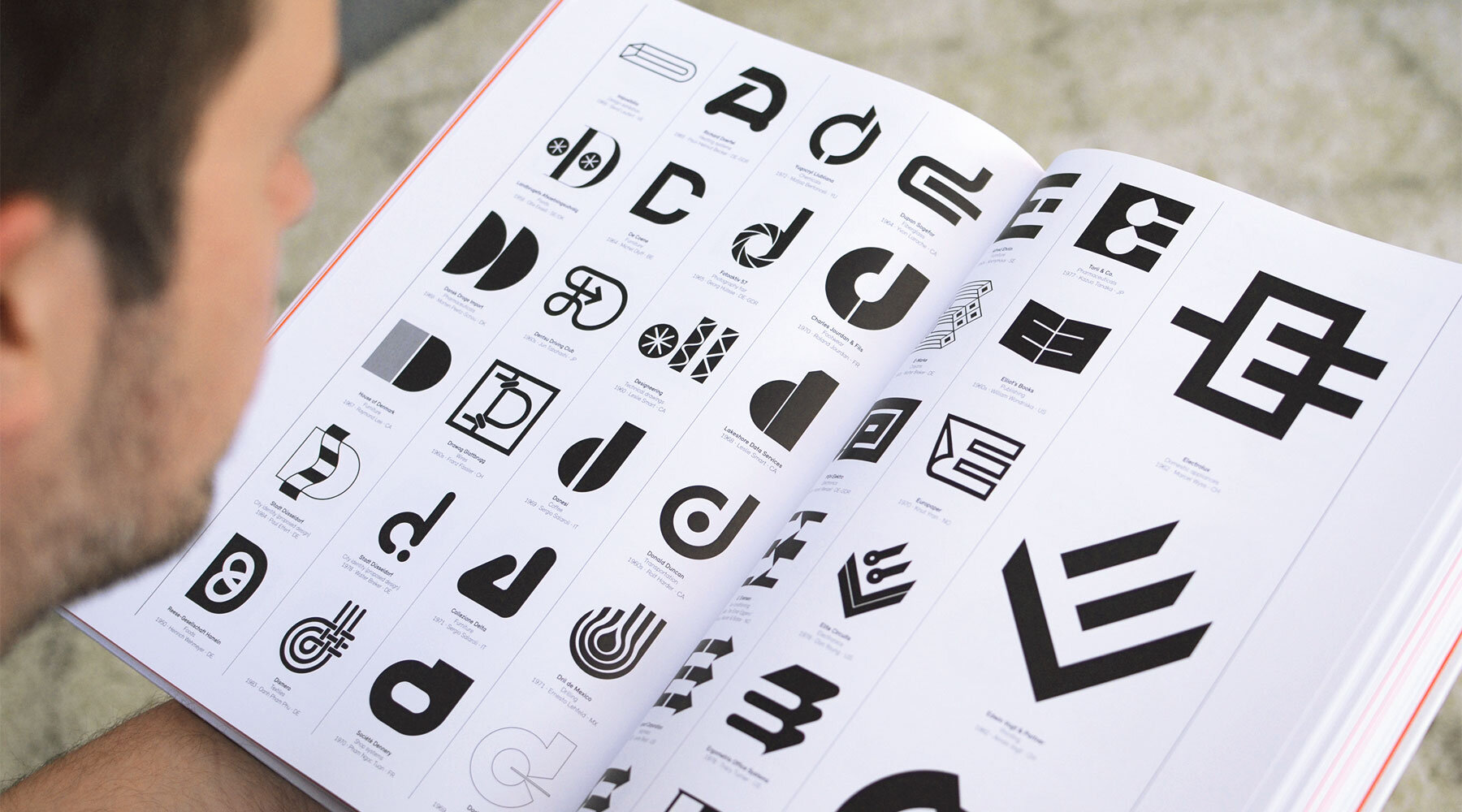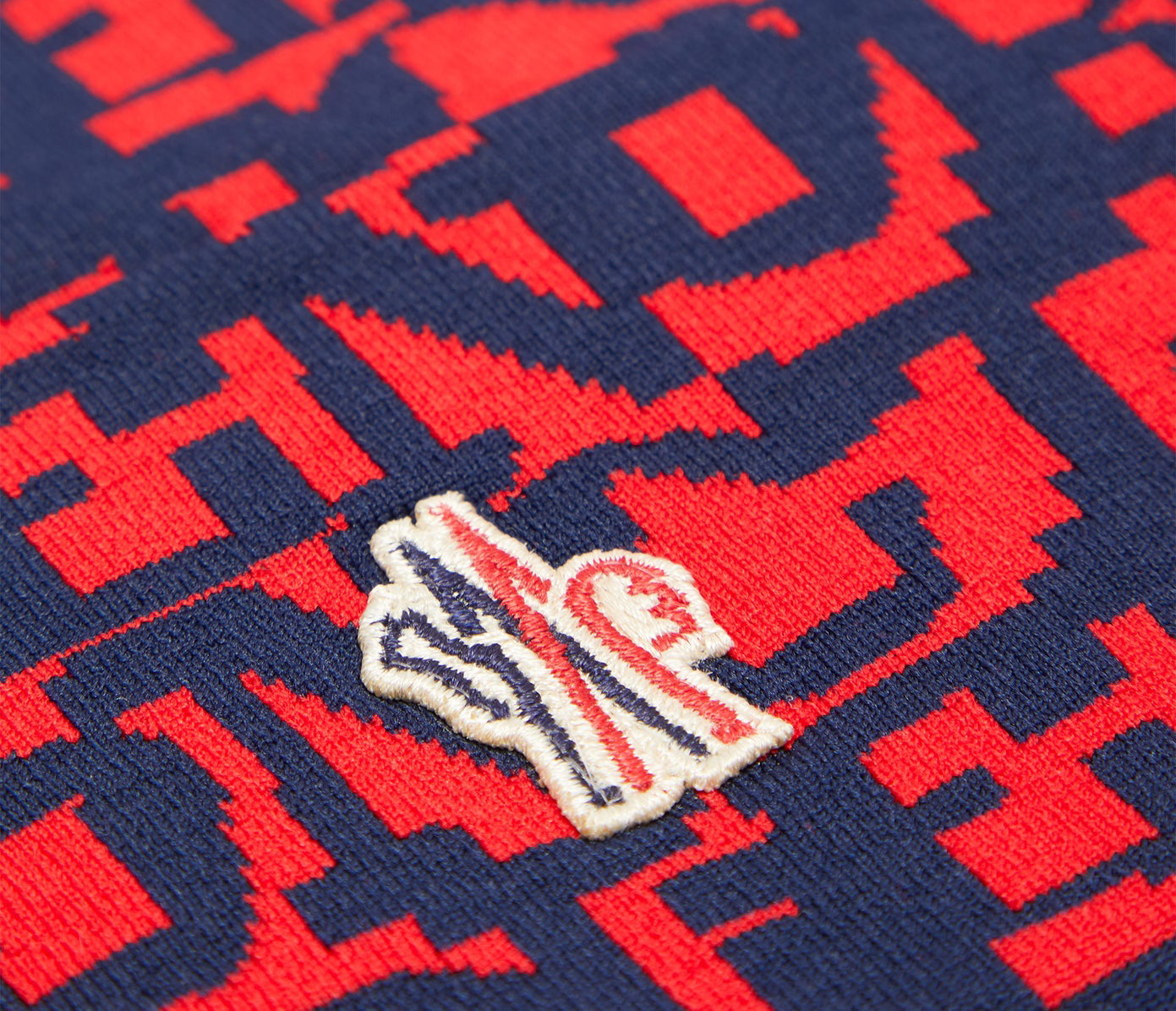One of the most challenging aspects of branding is how esoteric it can all seem sometimes. You might understand the meanings of words like brand identity, brand architecture, and messaging, but still have a hard time applying them to your own brand. But if you think about it in terms of characteristics — familiar vs. formal, traditional vs. modern, cheeky vs. straightforward — describing your brand becomes a lot easier. That’s where brand personality comes in.
The definition of brand personality isn’t all that different from the definition of personality: a combination of traits, beliefs, and behaviors that make up your distinctive character. And those last two words are key. Figuring out your brand personality will not only help you understand who you are, but also what makes you different.
It’s also critical for presenting a consistent image, which helps align your employees and connect with your target audience. When done right, your audience may even come to use your brand personality to help define part of their own — ever heard someone describe themselves as an Apple addict?
While building out your brand personality can’t guarantee that level of fandom, it will be helpful in informing your branding and marketing efforts. Wondering where to start? Read our guide below.
Brand Personality Examples
Before you start building out your own brand personality, it can often be helpful to research the landscape. The brands below all have crystal-clear characters, making them solid brand personality examples that you’ll probably recognize:
Trader Joe's: When you think Trader Joe’s, you think quirky, playful, and happy-go-lucky. If their brand were a person, it might be your eccentric neighbor who wears Hawaiian shirts, collects antiques, loves a good pun, and is a serious foodie to boot.
Harley Davidson: There are few brands more iconic than Harley Davidson, with their tough-as-nails, freewheeling vibe. If their brand were a person, you just know it would be a big tough biker decked out in leather who only plays by their own rules.
Chanel: Chanel has practically become a synonym for designer fashion. If Chanel were a person, I’m willing to bet it would be a high society woman with a lot of poise who lives and breathes fashion, and comes off as a bit snobby.
Mailchimp: It’s tough for a tech company — especially a B2B one — to develop a distinctive brand personality, but Mailchimp is one of the few that’s been able to pull it off. They’re informative, but down-to-earth, a little bit playful (love their little monkey mascot!), and always super helpful. When I think of Mailchimp as a person, I imagine a nerdy and quirky but friendly marketing manager — decked out in big glasses, colorful patterns, and chunky jewelry — who’s always happy to help you out.
Ferrari: Ferrari is a brand that is admired the world over for its luxury — owning one is almost the ultimate status symbol. Ferrari personified might be a rich, older man who’s a little bit cocky and spends his summers in the French Riviera.
Pit Viper: Pit Viper has adopted a really unique identity that a lot of other companies purposely shy away from. I picture them as an in-your-face country guy who spends his weekends on an ATV or floating a river, beer in hand, and prides himself on not caring about offending others.
All of these brand personality examples feel very different from one another, and that’s the point. You shouldn’t craft a safe, bland personality to appeal to the masses. Just as in everyday life, there are going to be people who don’t like you — but as long as you connect with the right group of people, that’s okay.
Discovering Your Own Brand Personality
When figuring out who your brand really is, a well-organized process can make the whole thing much more approachable — read on for some advice and exercises to guide you on your way.
Walk Before You Run
You might be eager to jump into discovering your brand personality right away, but before you start, it’s best to at least agree upon some of the core tenets of your brand, like your mission, vision, purpose, and values, and maybe even a competitive analysis.
RELATED: How to Create a Brand Strategy
Once you’ve established those, it becomes a lot easier to determine your brand personality. And in turn, that brand personality can help inform things like your messaging and visual identity. Branding isn’t a one-size-fits-all process, though, so go in whichever order you find most helpful.
Identify Brand Personality Traits
One of the first questions I ask clients I work with is to give me three target words (at least) that exemplify what they want their brand to feel like — this serves as the foundation for everything we design for them. If you’re not quite sure what those words are, check out some common brand personality traits here:
Another great exercise is a Likert scale, which helps you identify where your brand fits between two opposing descriptors.
Ask Questions
If you’ve ever worked on marketing personas before, you might have come up with answers to questions like “What is our target customer’s favorite TV show?” or “Where would our target customer go on vacation?”
Just as those questions help bring your personas to life, they can also help bring your brand to life. Below are some questions you might want to consider:
Which other brand personalities align with ours, and which don't?
How would our brand’s best friend describe them?
What would our brand’s interests and hobbies be?
Where would our brand live, and what would its home look like?
What kind of things would our brand do on the weekends?
Who would our brand look up to?
What would our brand order at a restaurant?
Where would our brand shop at?
What would our brand smell like?
If our brand were a fictional character, who would it be?
What would our brand wear?
After you’ve gone through a few of the exercises above, you should have some clear takeaways. Jot those down, and flesh them out enough to determine whether or not they feel right. The simplest version of your final brand personality deliverable may be as simple as a pared-down list of traits with their definitions, like the example below.
If you want to take it a little further, you could elaborate on each adjective like so.
And if you wanted to push it even further, you could create something like this persona description below — maybe even accompanied by a brand story or manifesto.
It may seem a little strange at first to think and talk about your brand as if it were a living, breathing person, but you might be surprised at how enlightening it is. A concrete brand personality will make it much easier to craft a full brand identity and strategy — and with that, you’ll have a major competitive advantage.
Anastasia Salazar Ltd. is an independent design studio for tailored branding and digital designs. Reach out to learn how we can help you fuel growth and maximize your brand’s impact.

